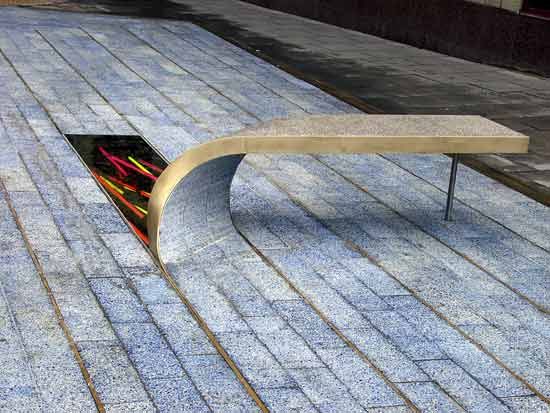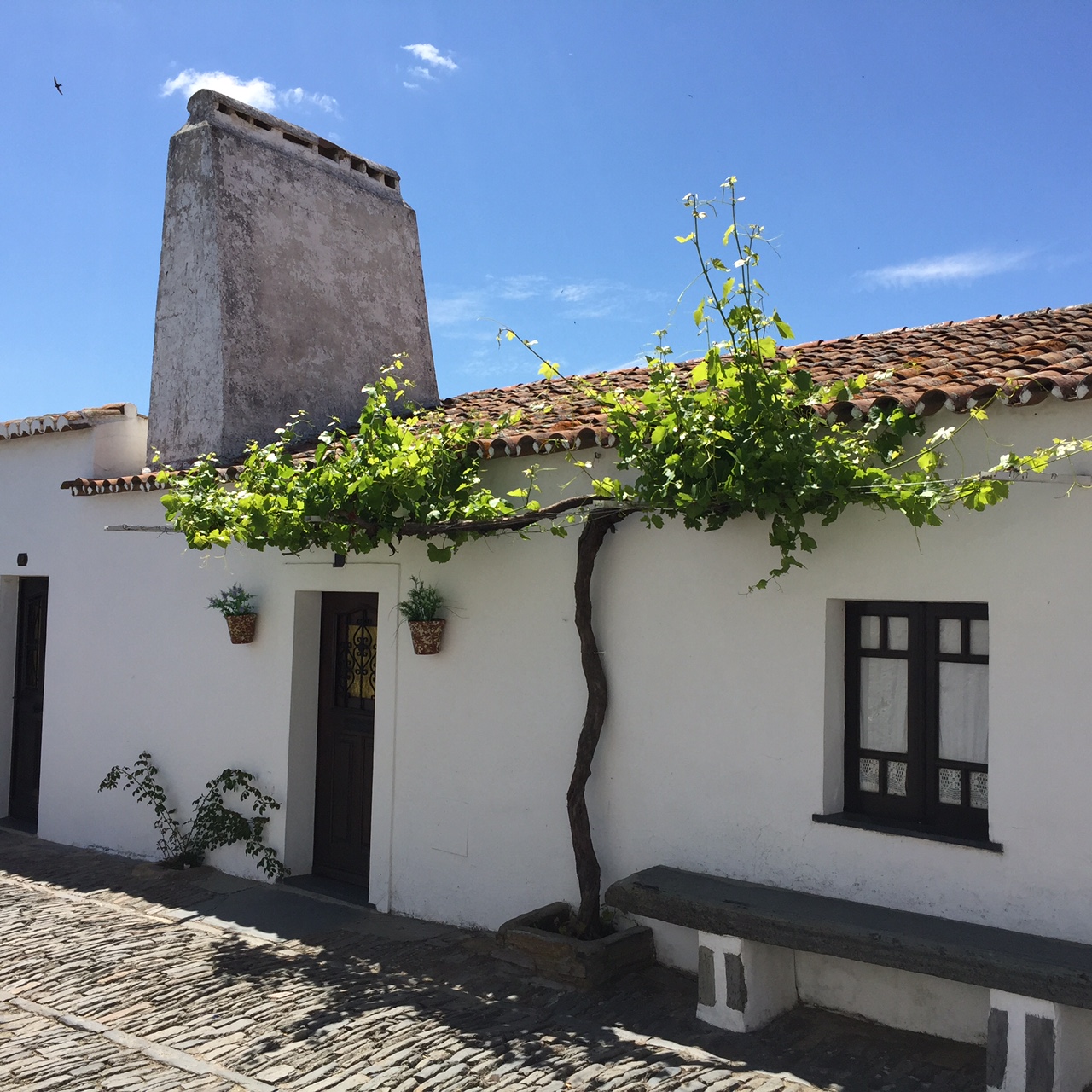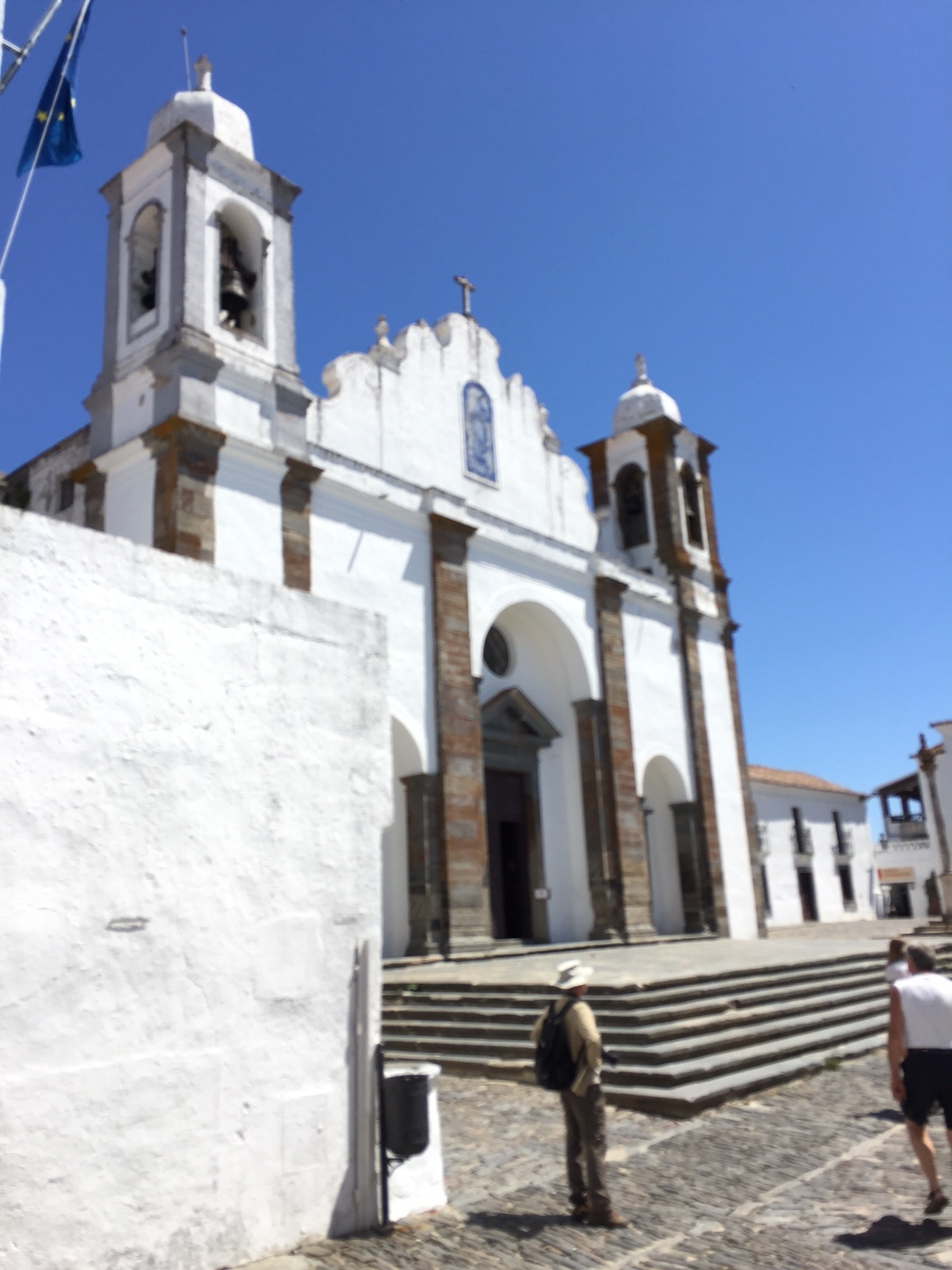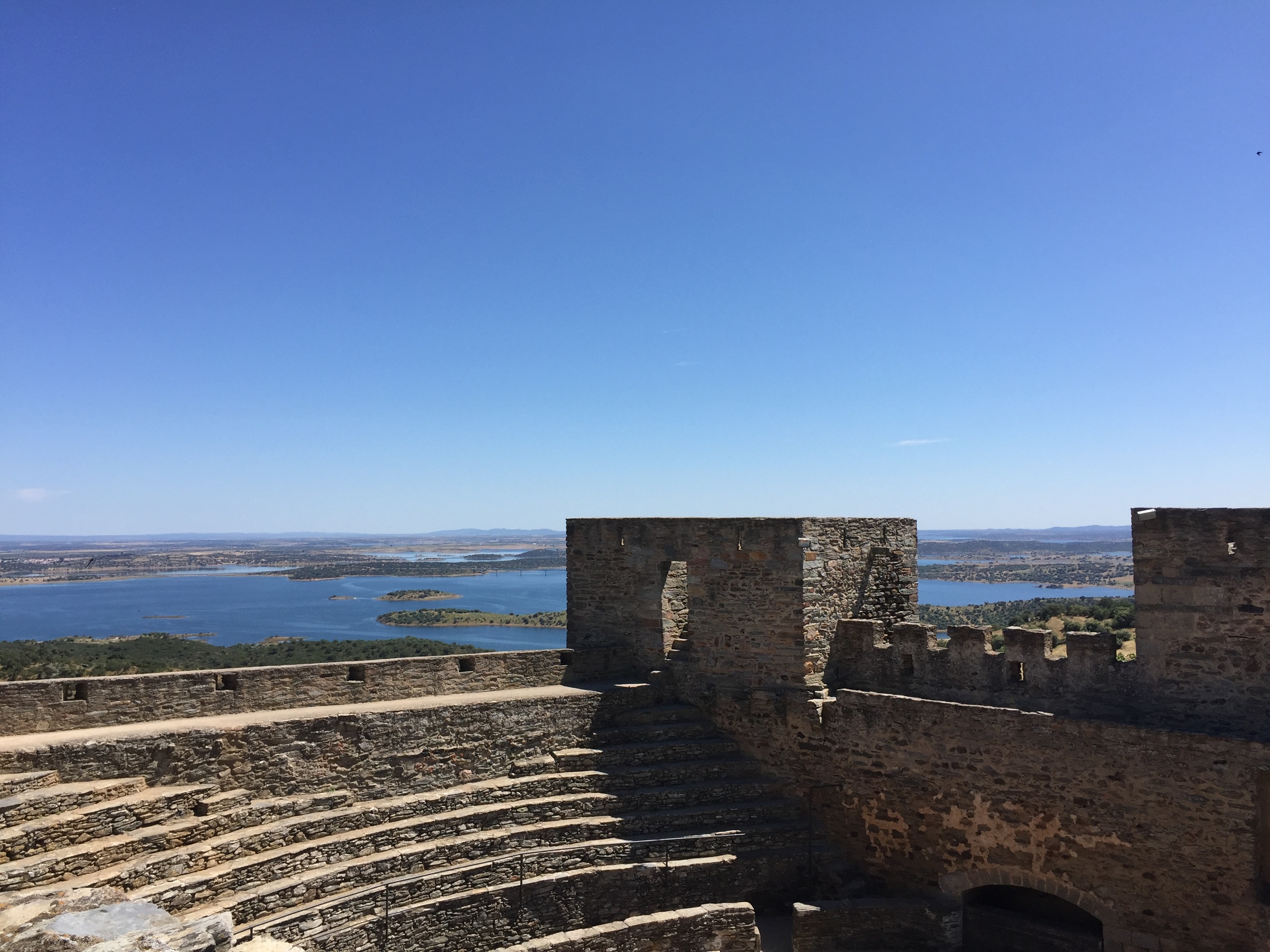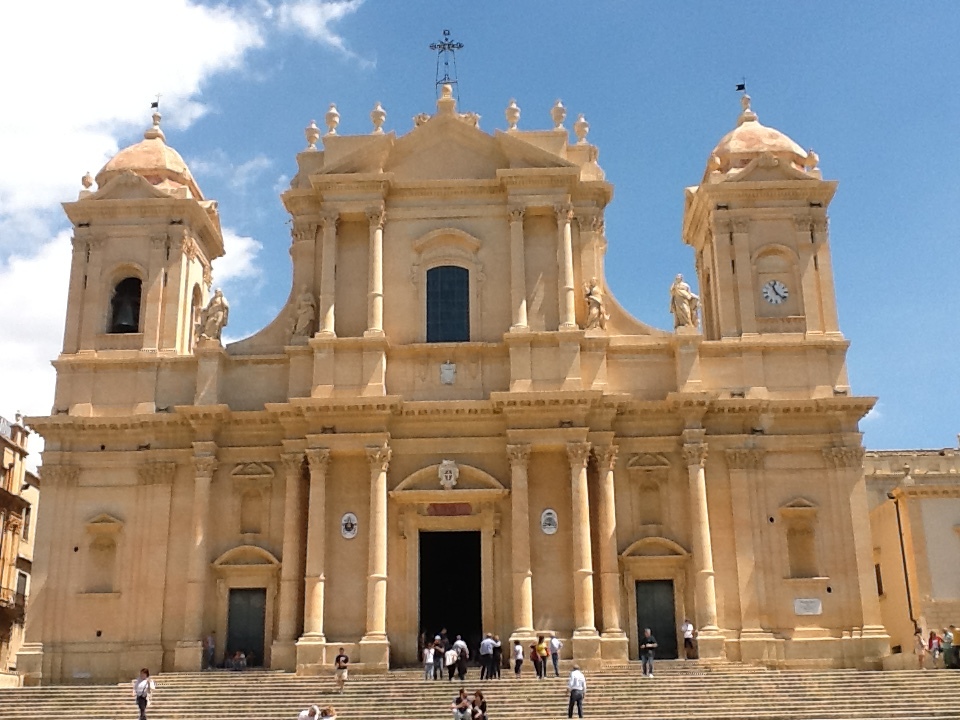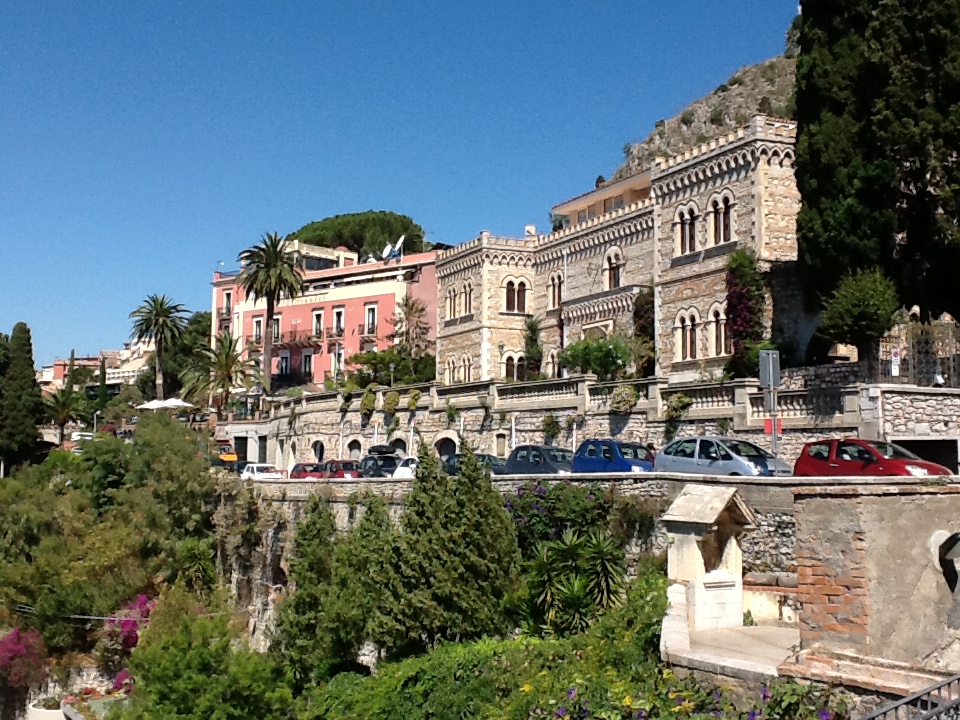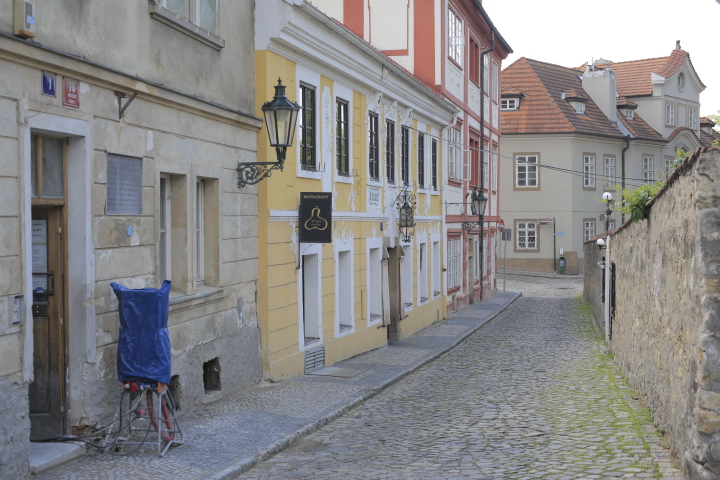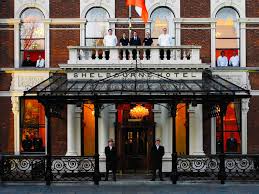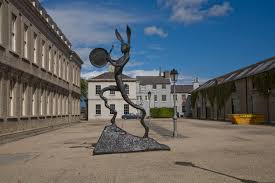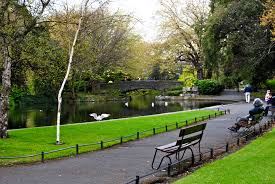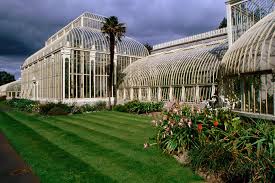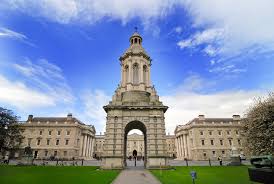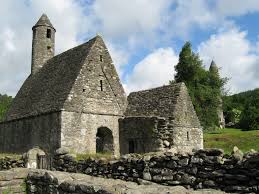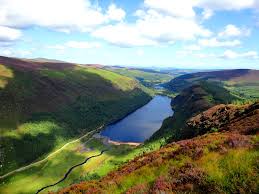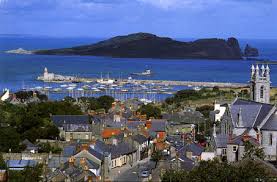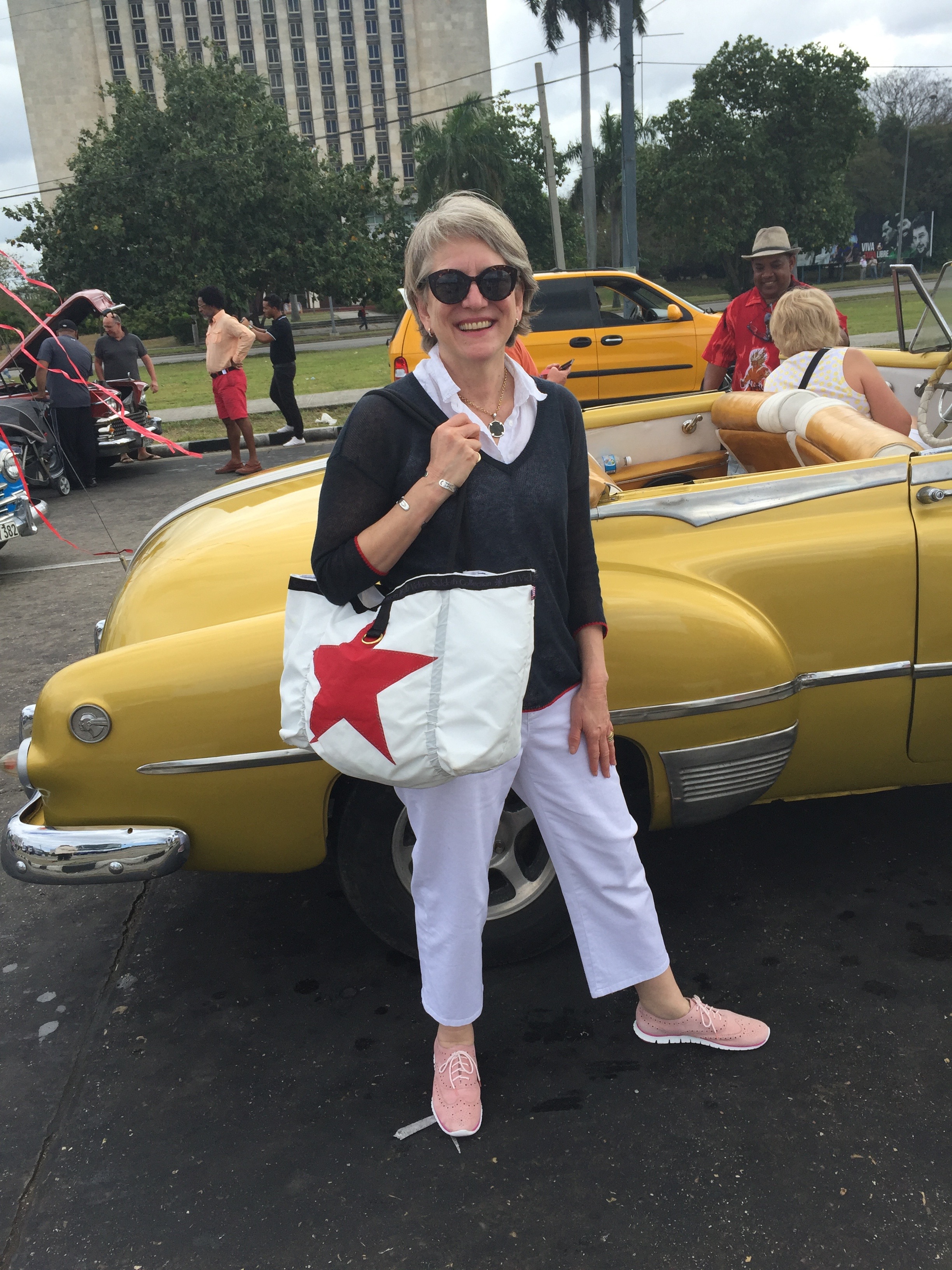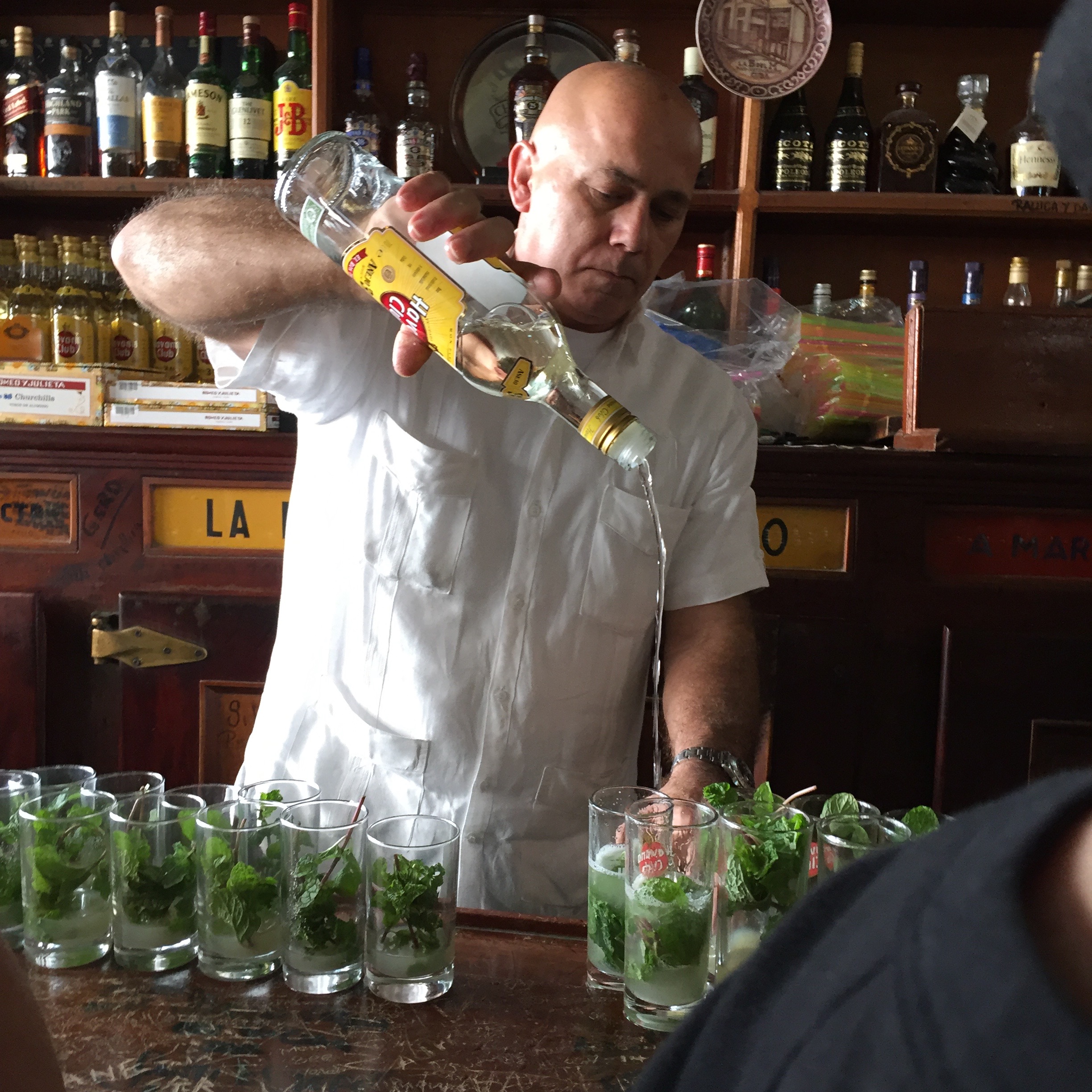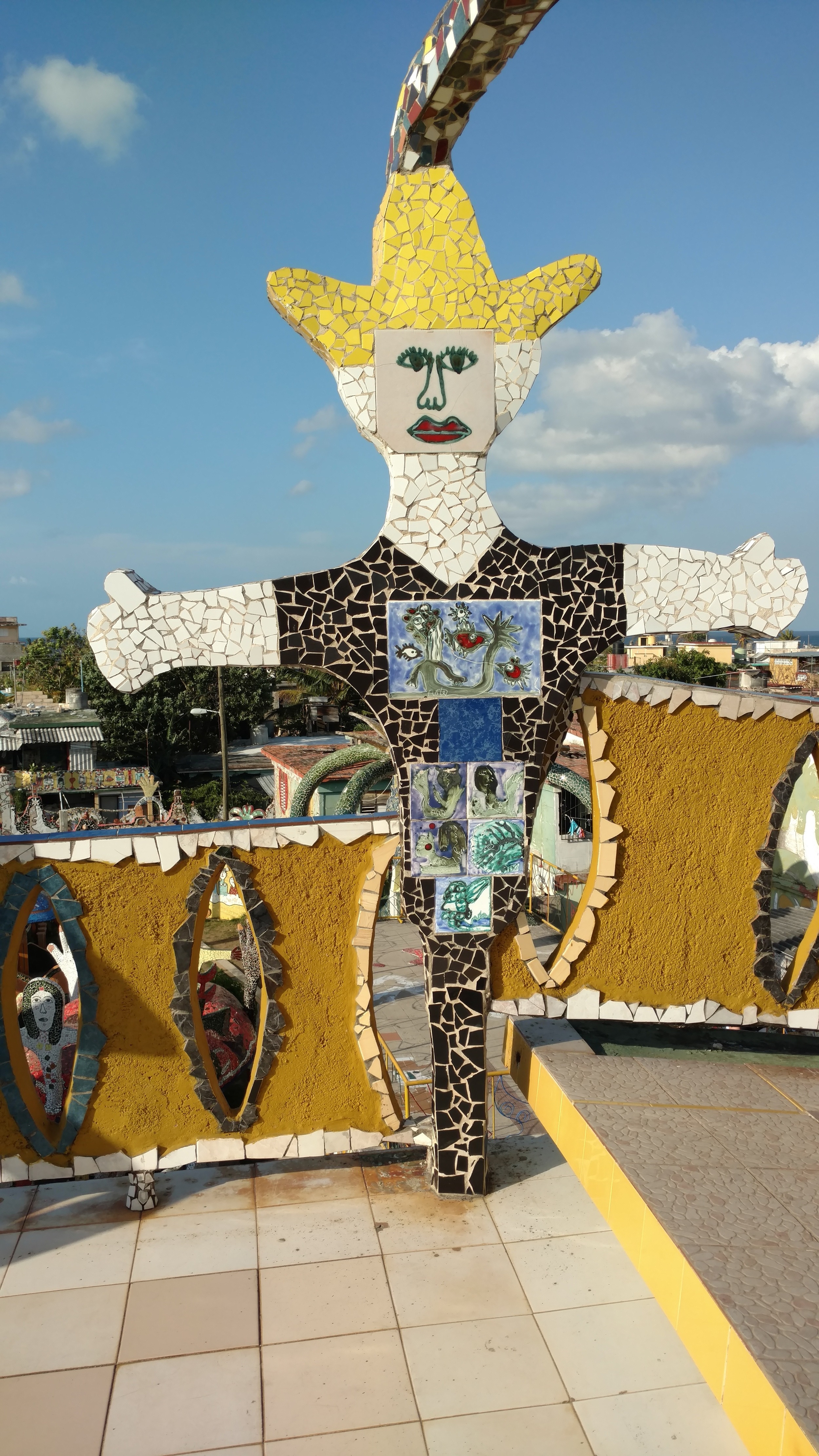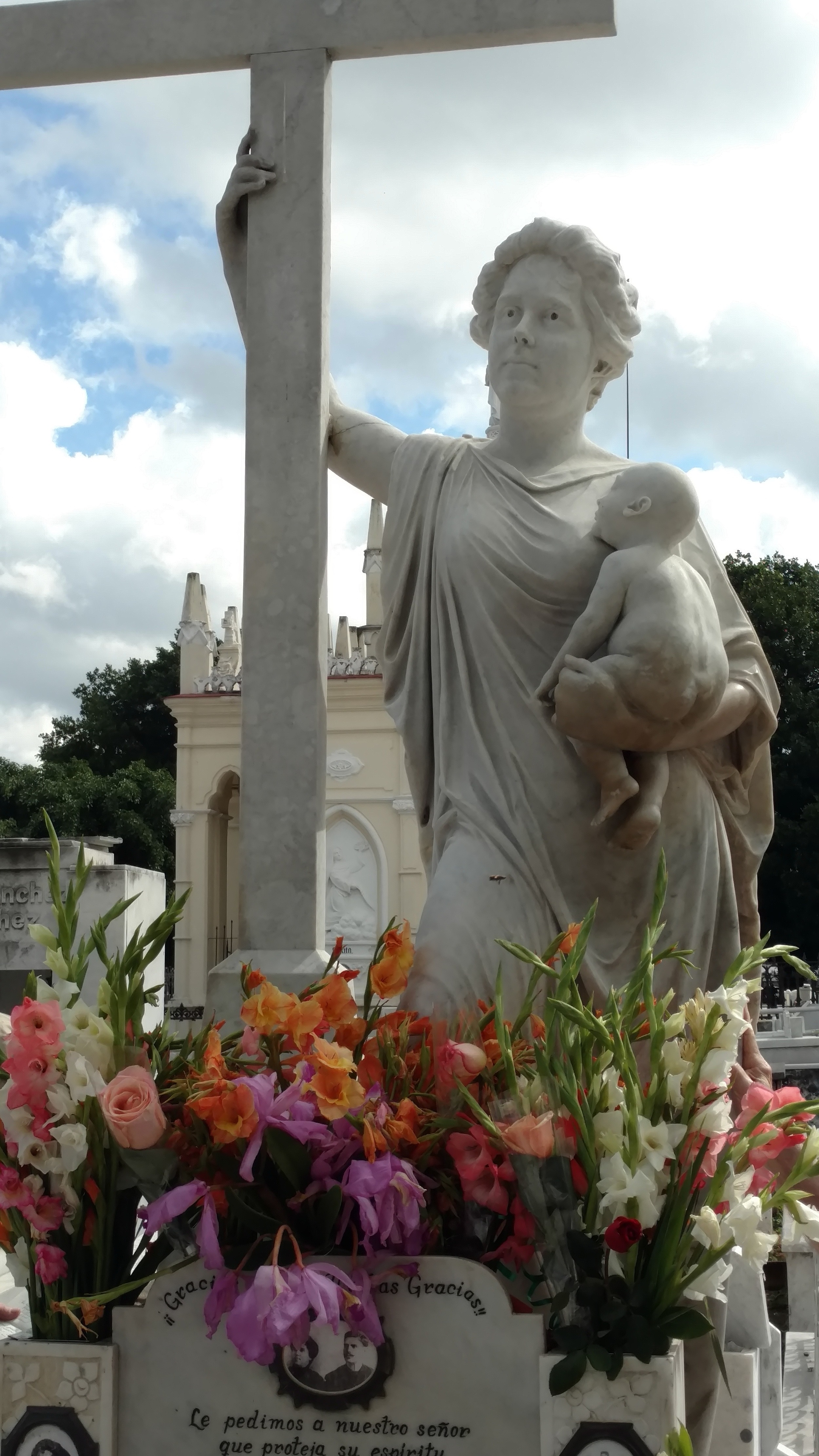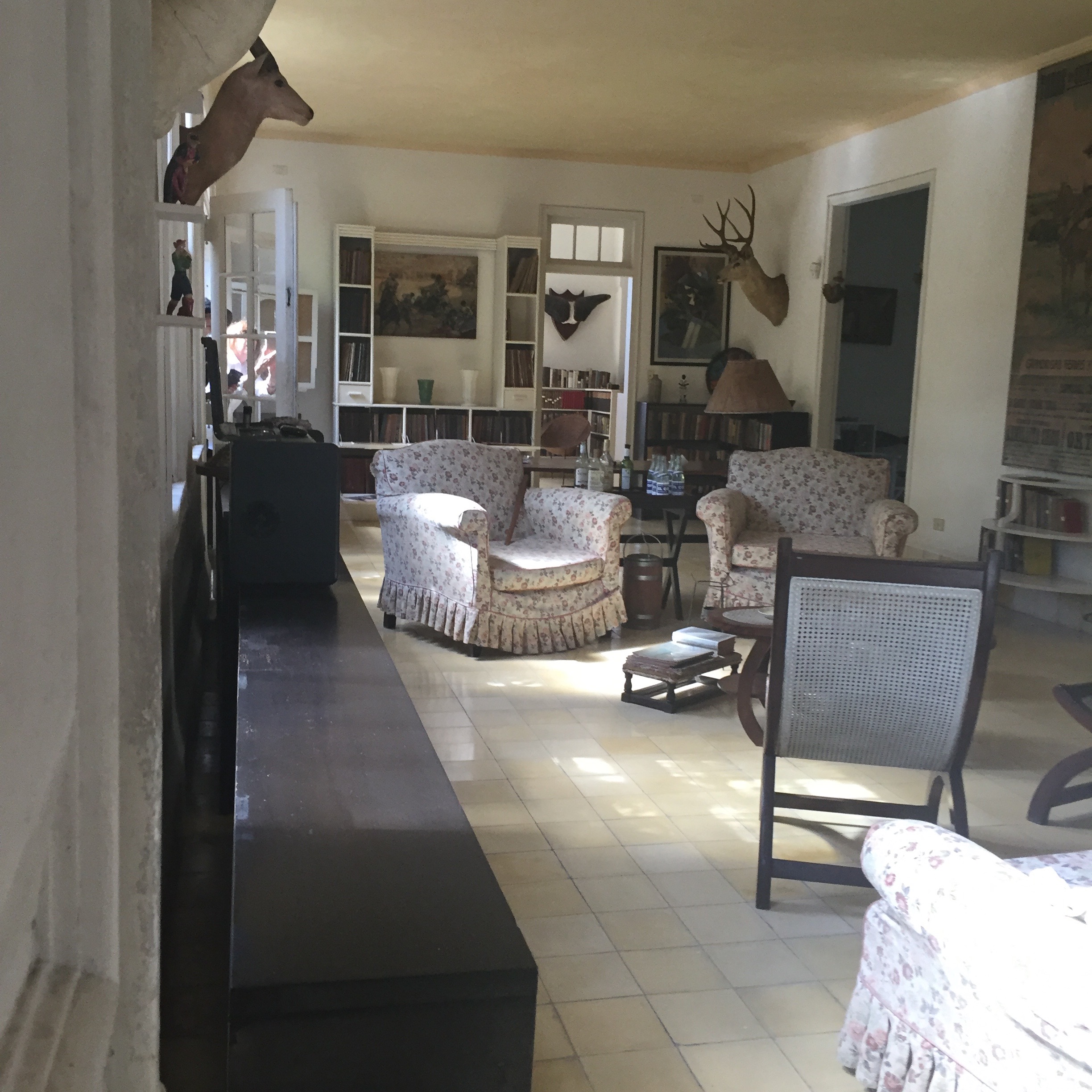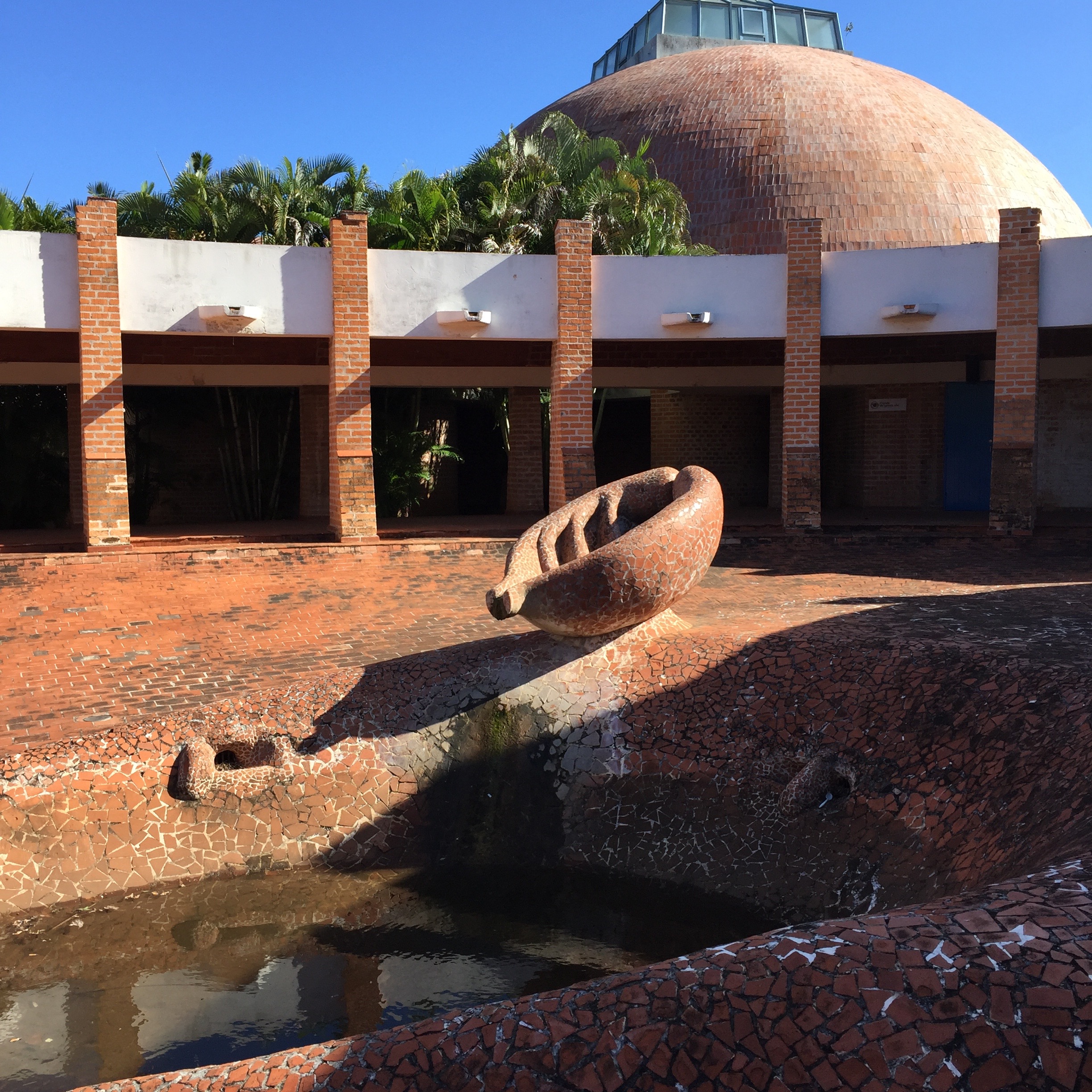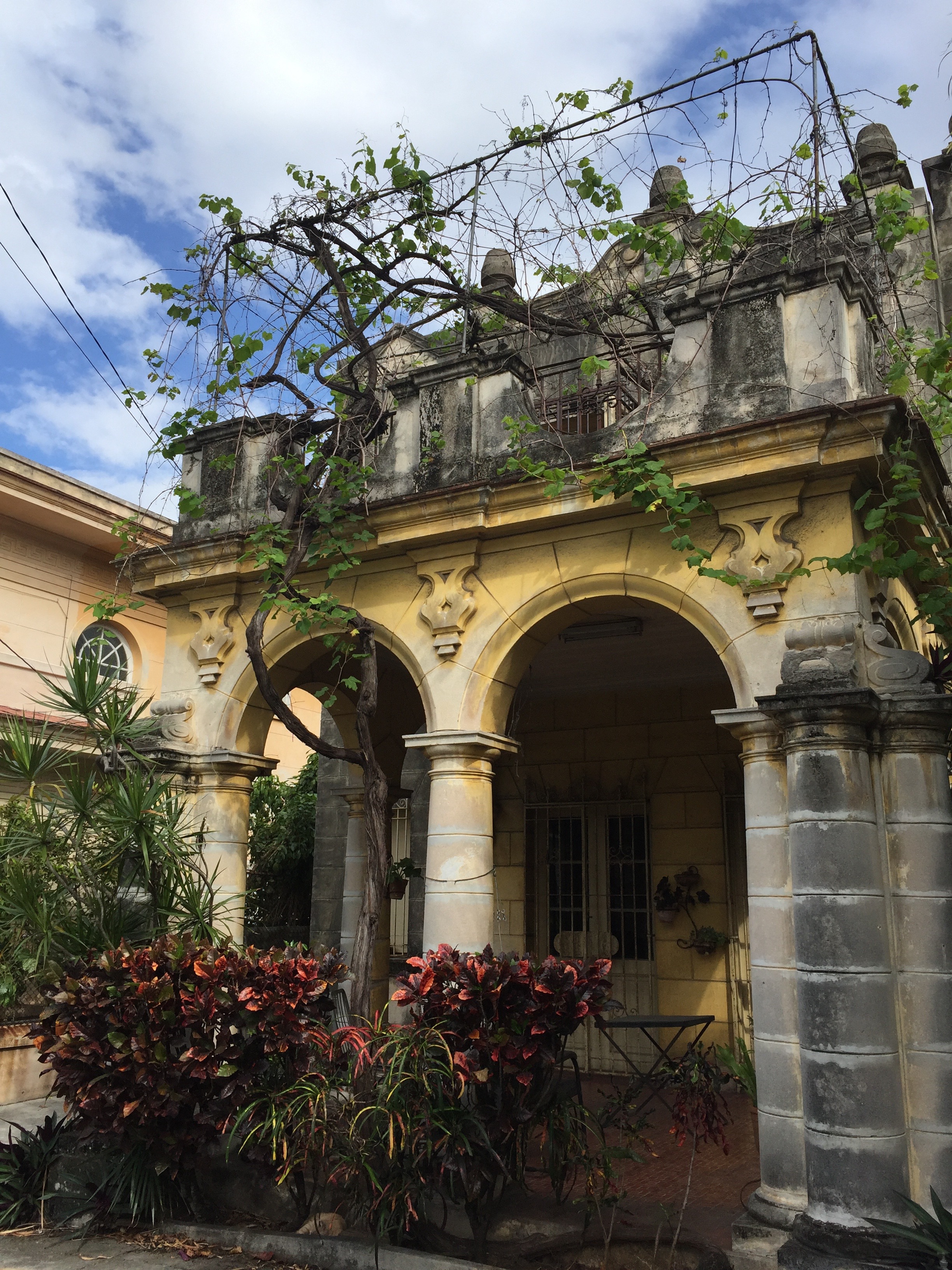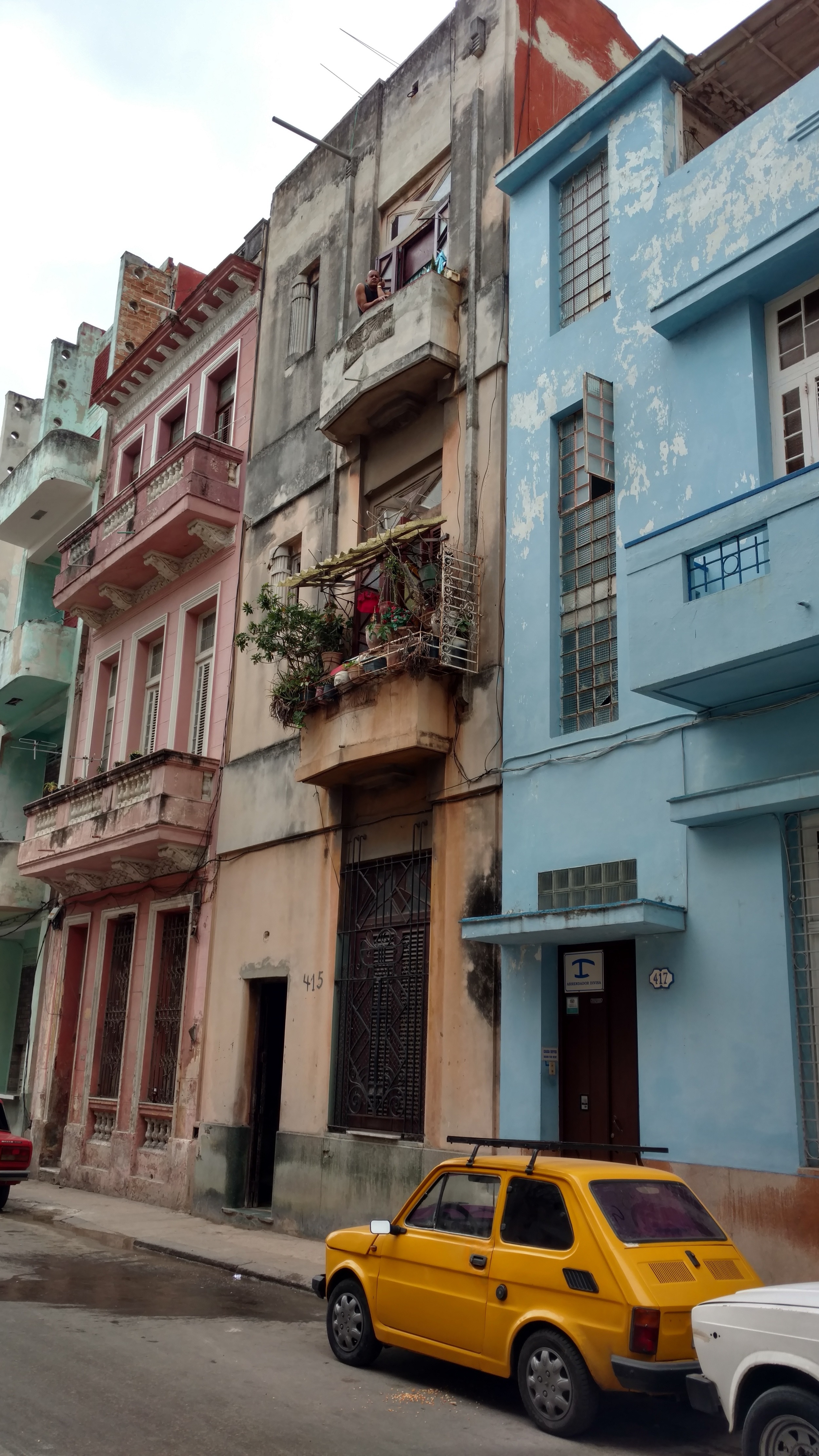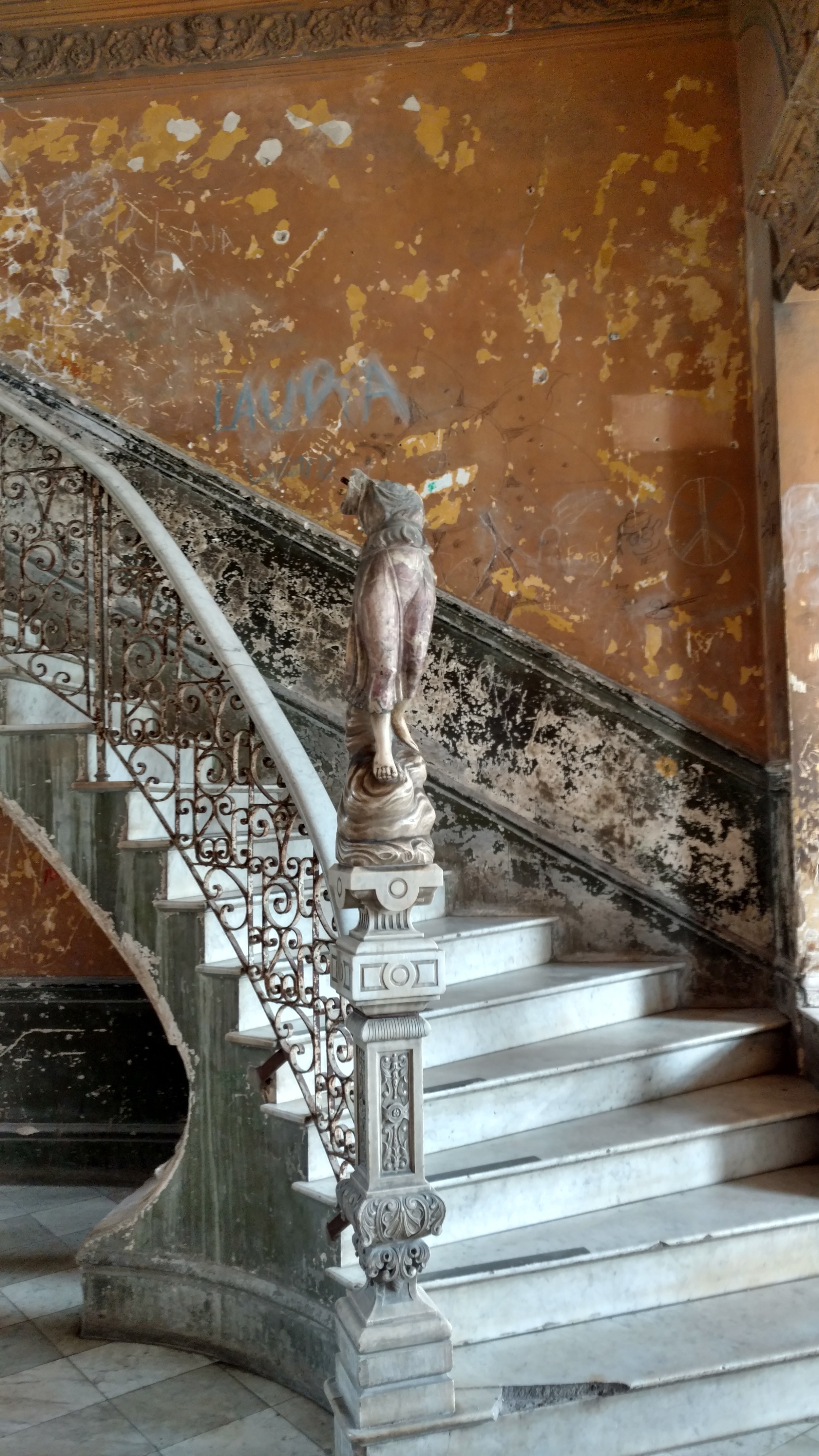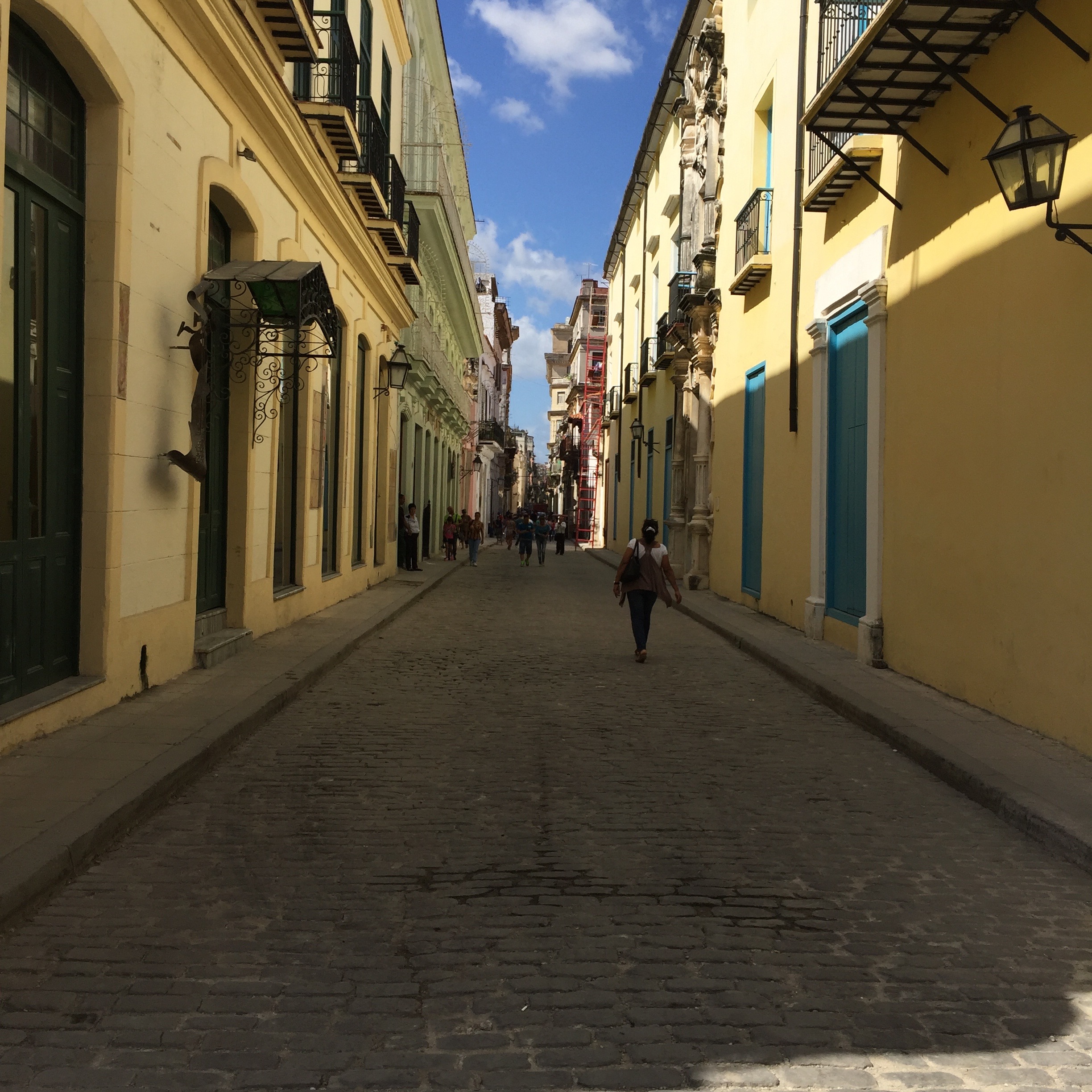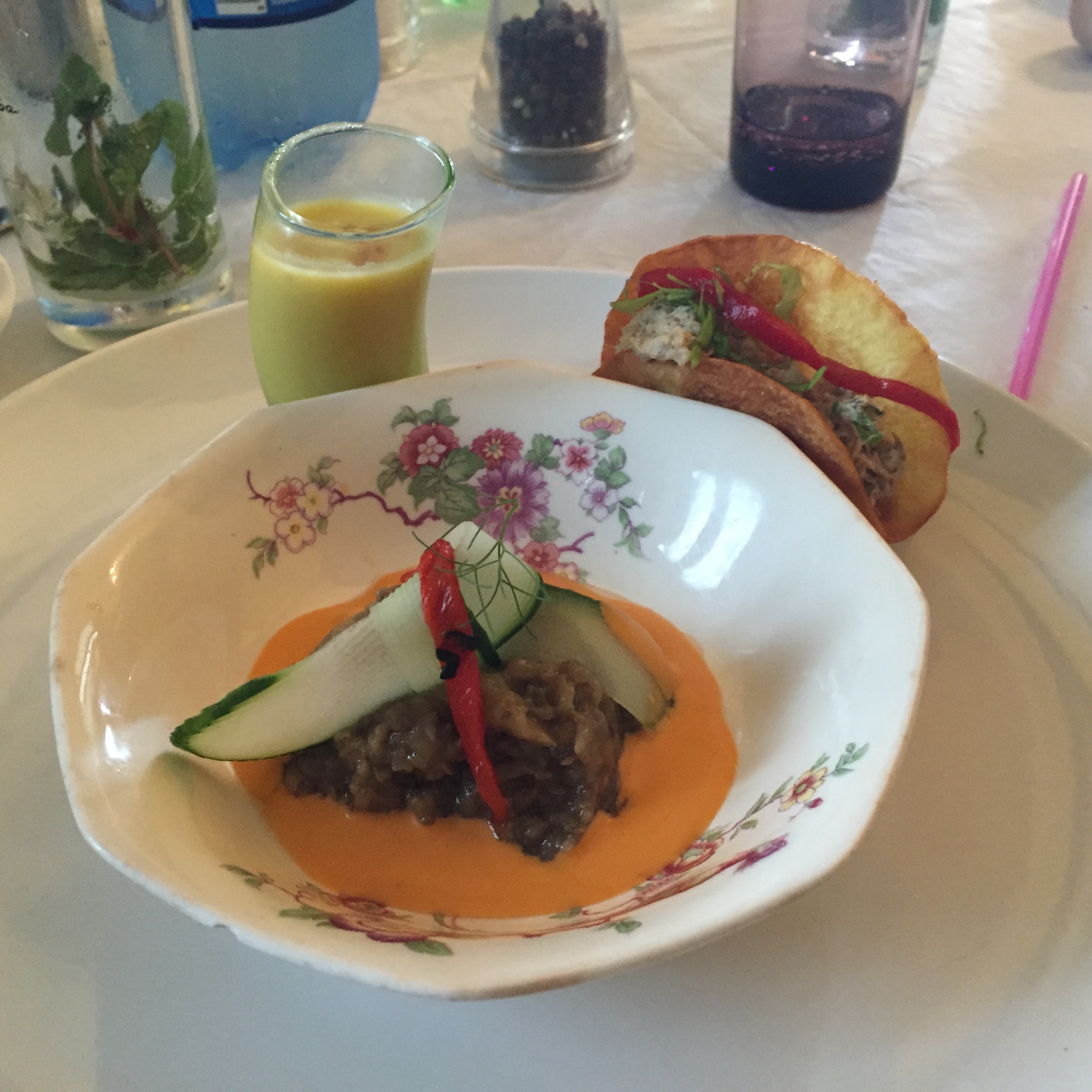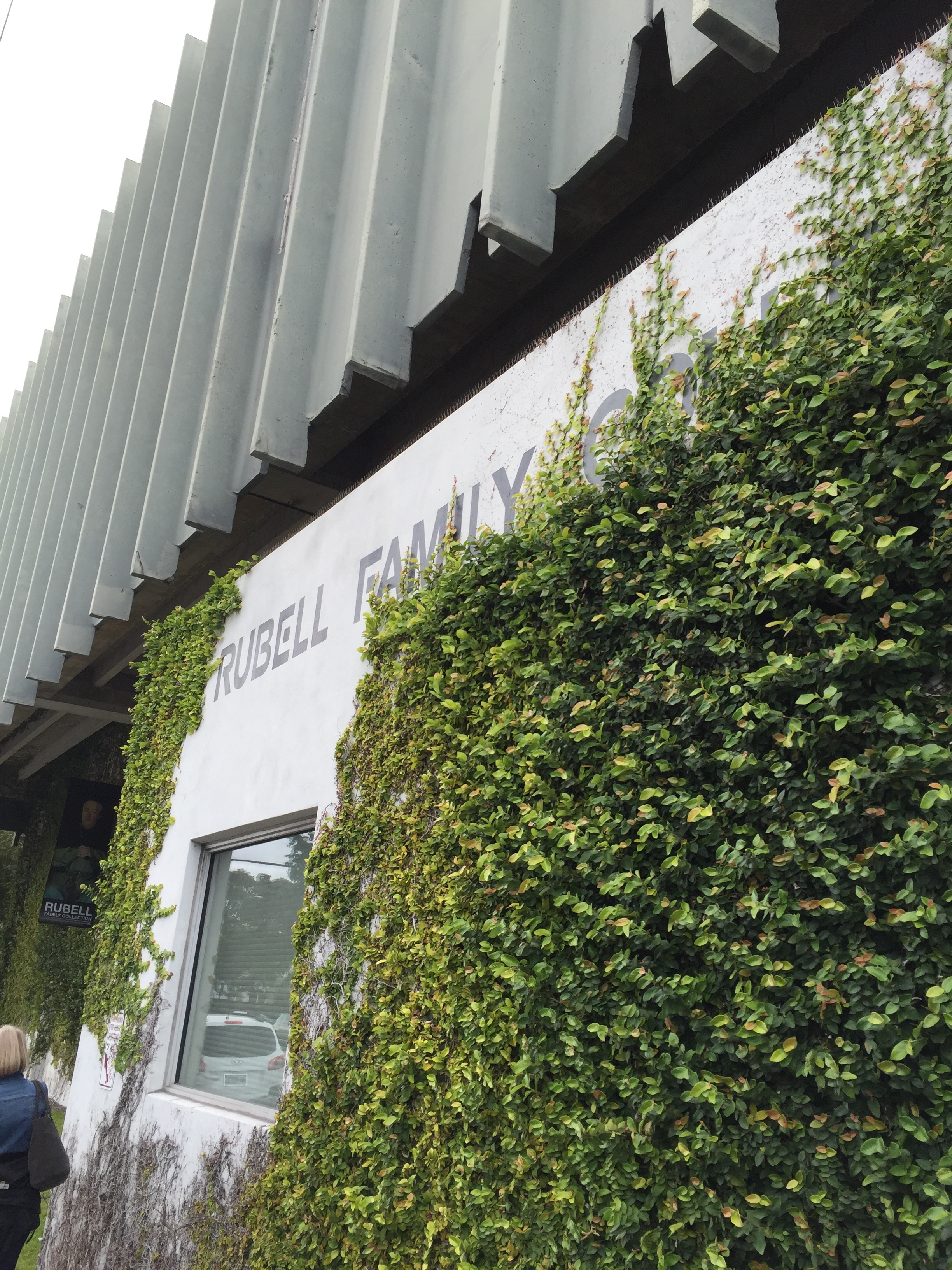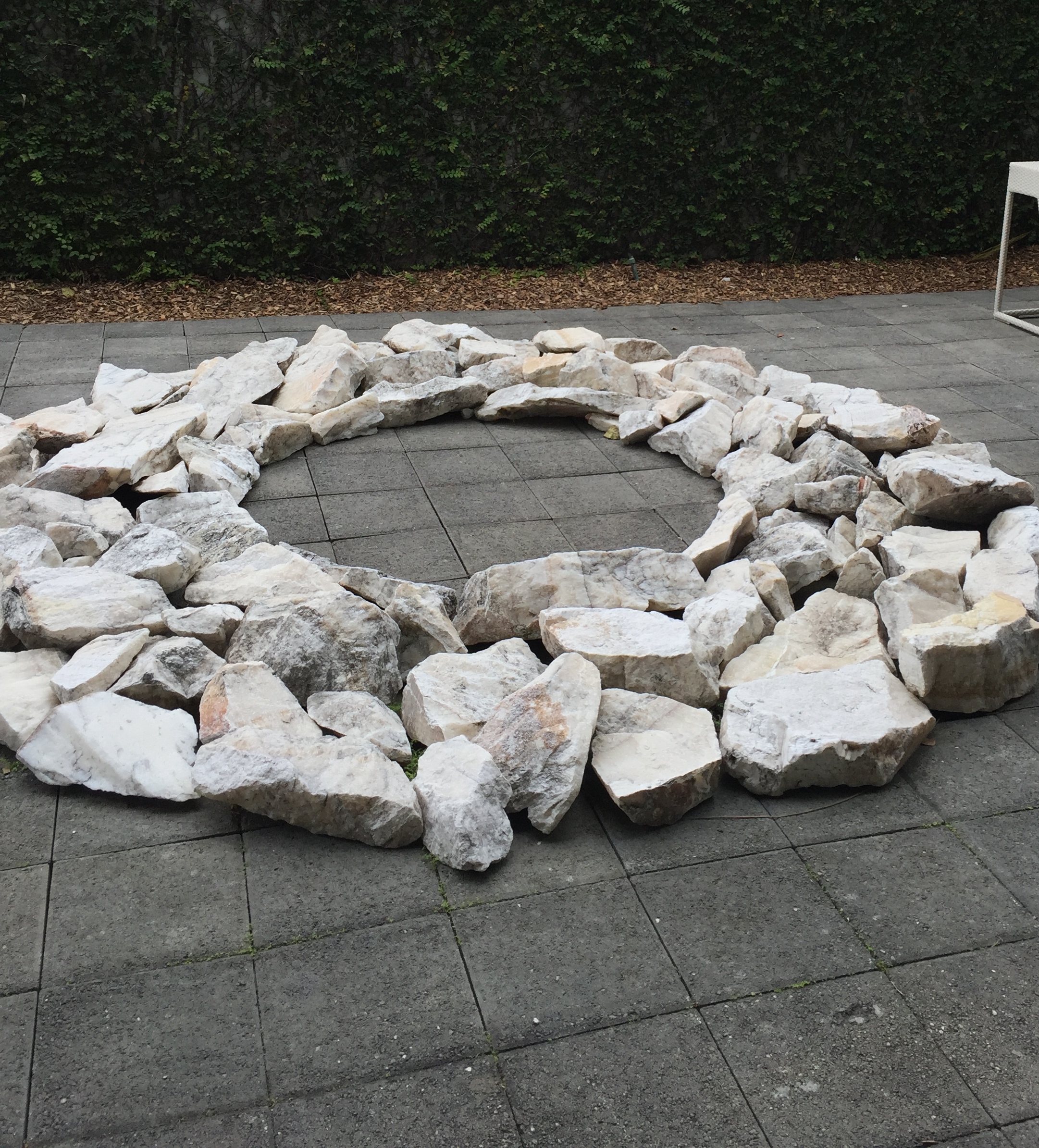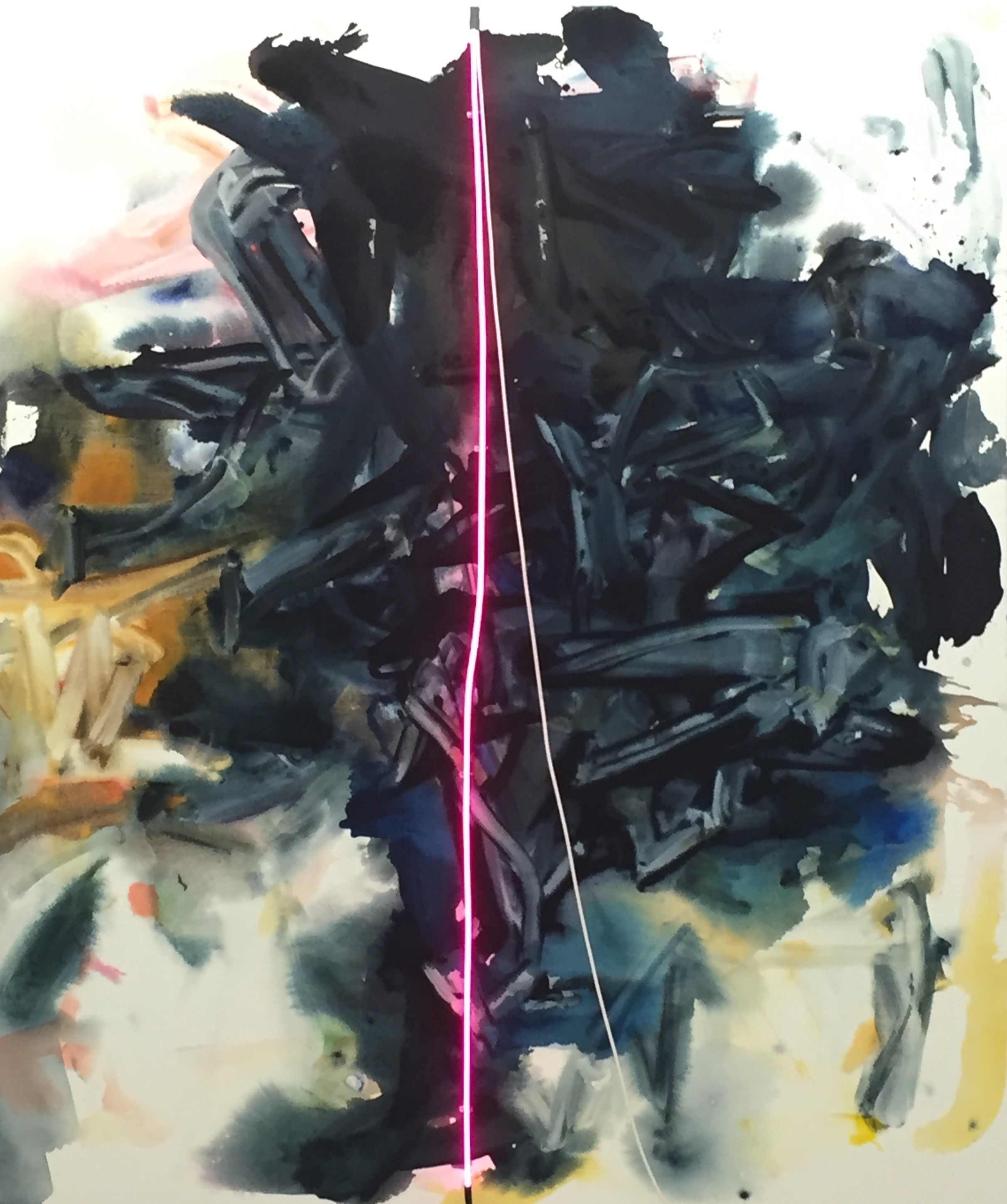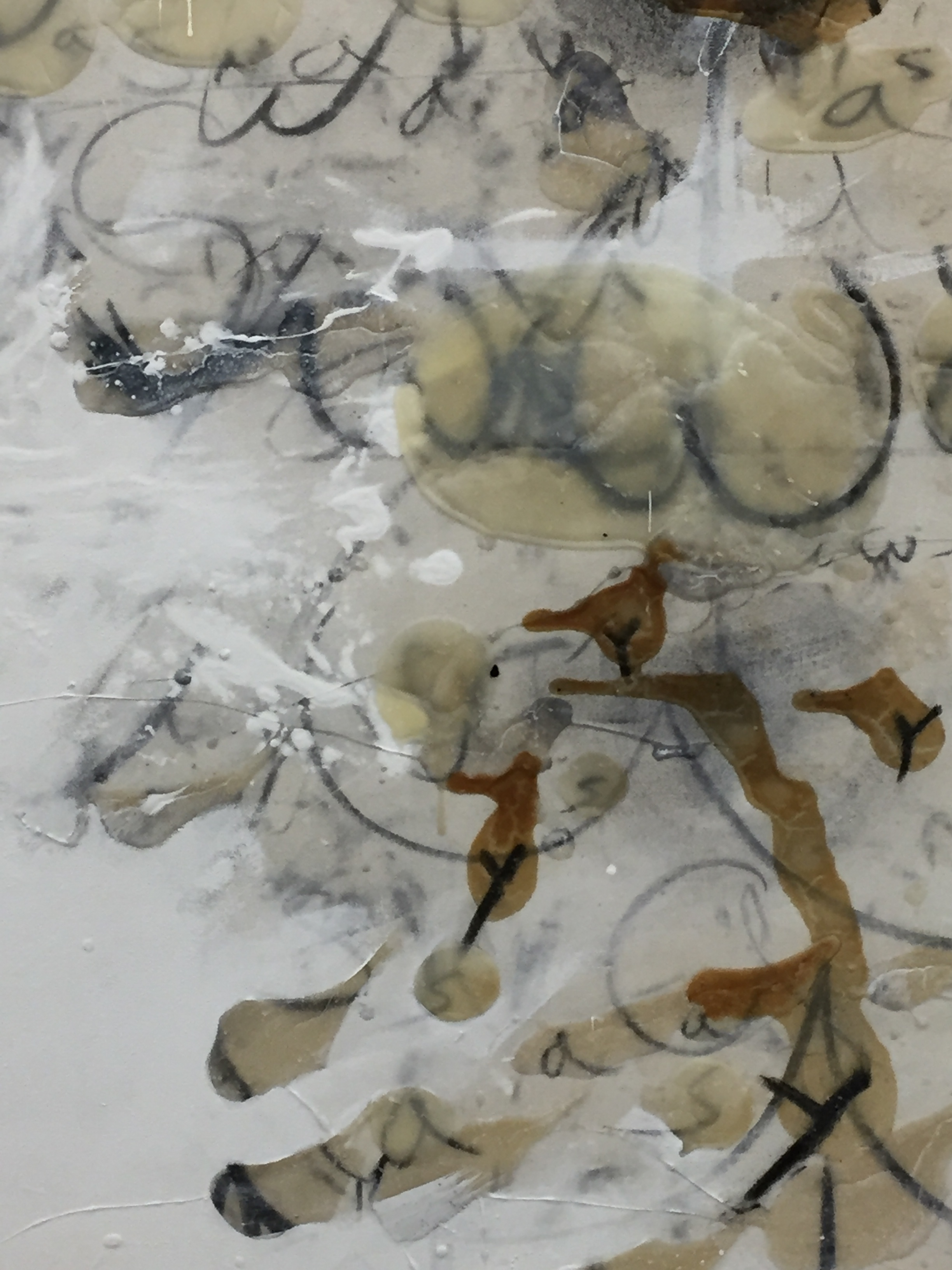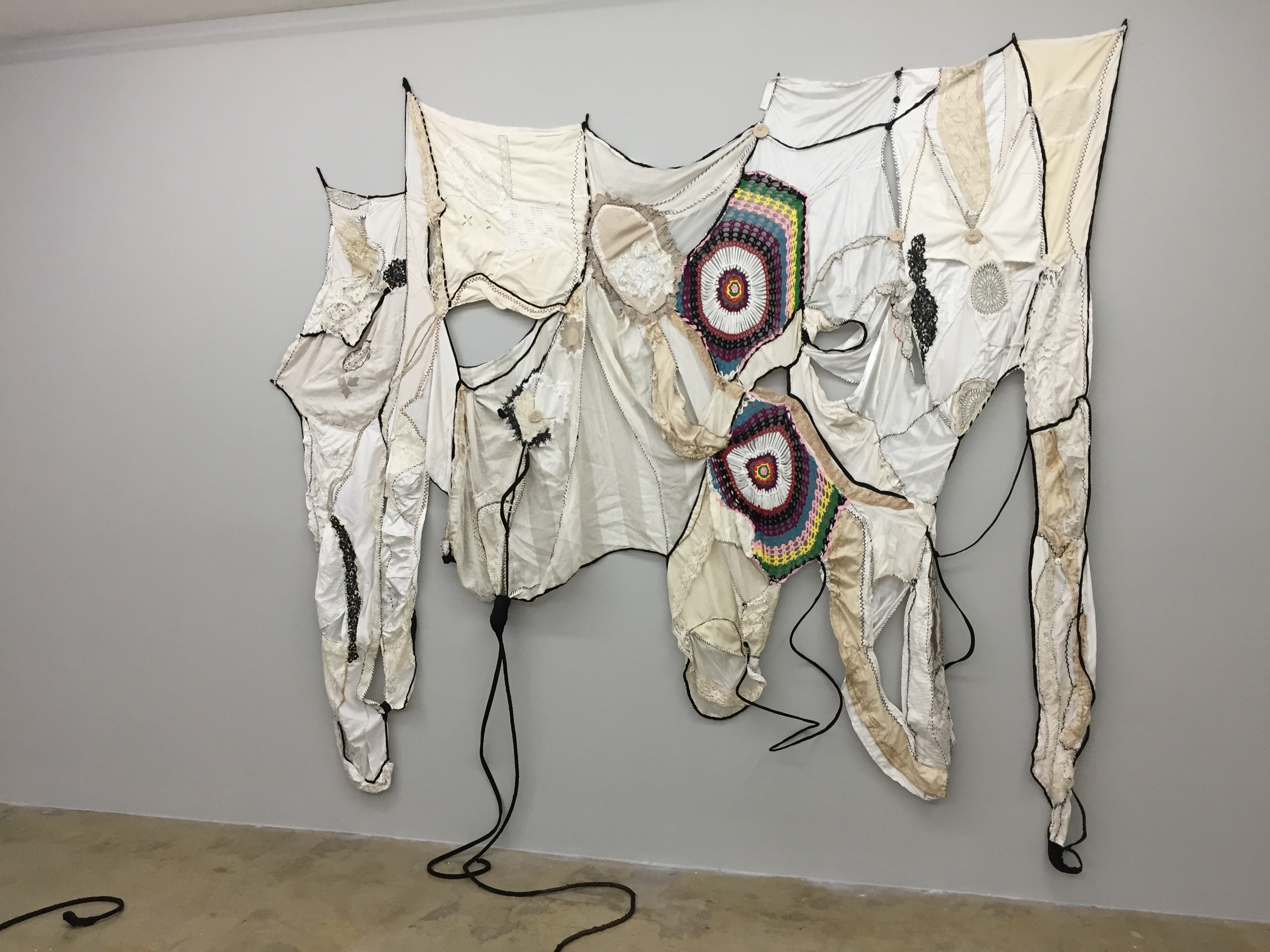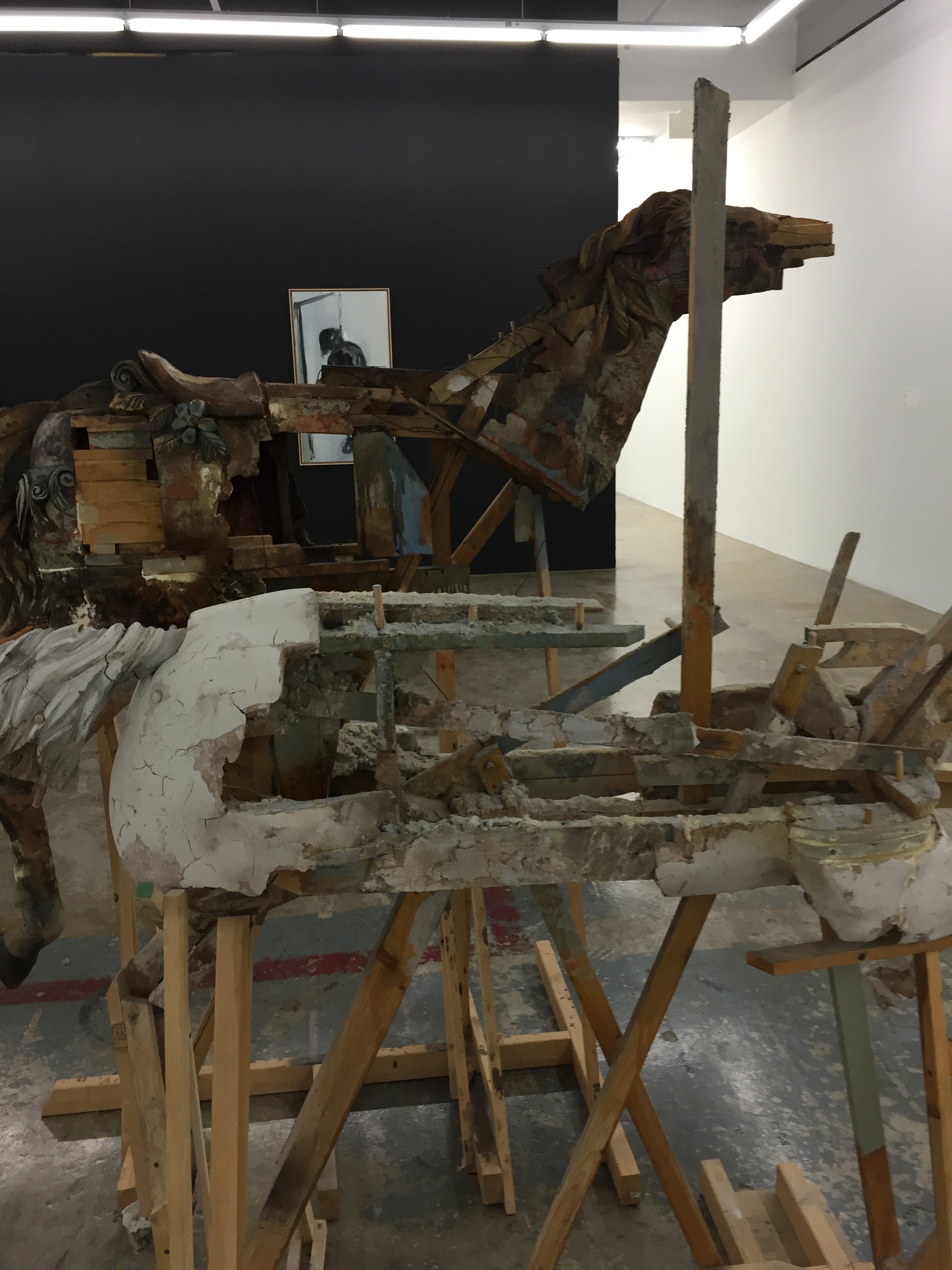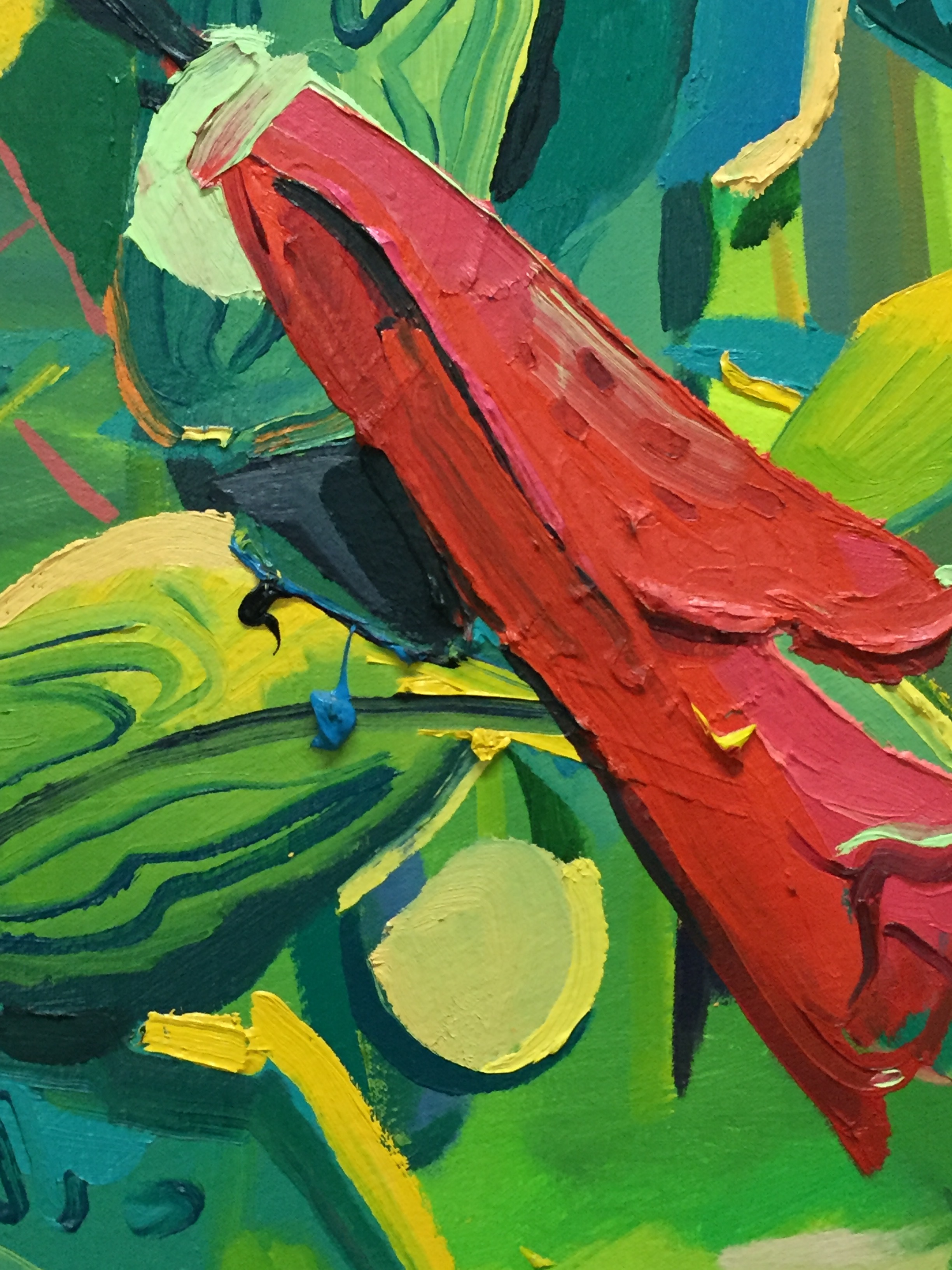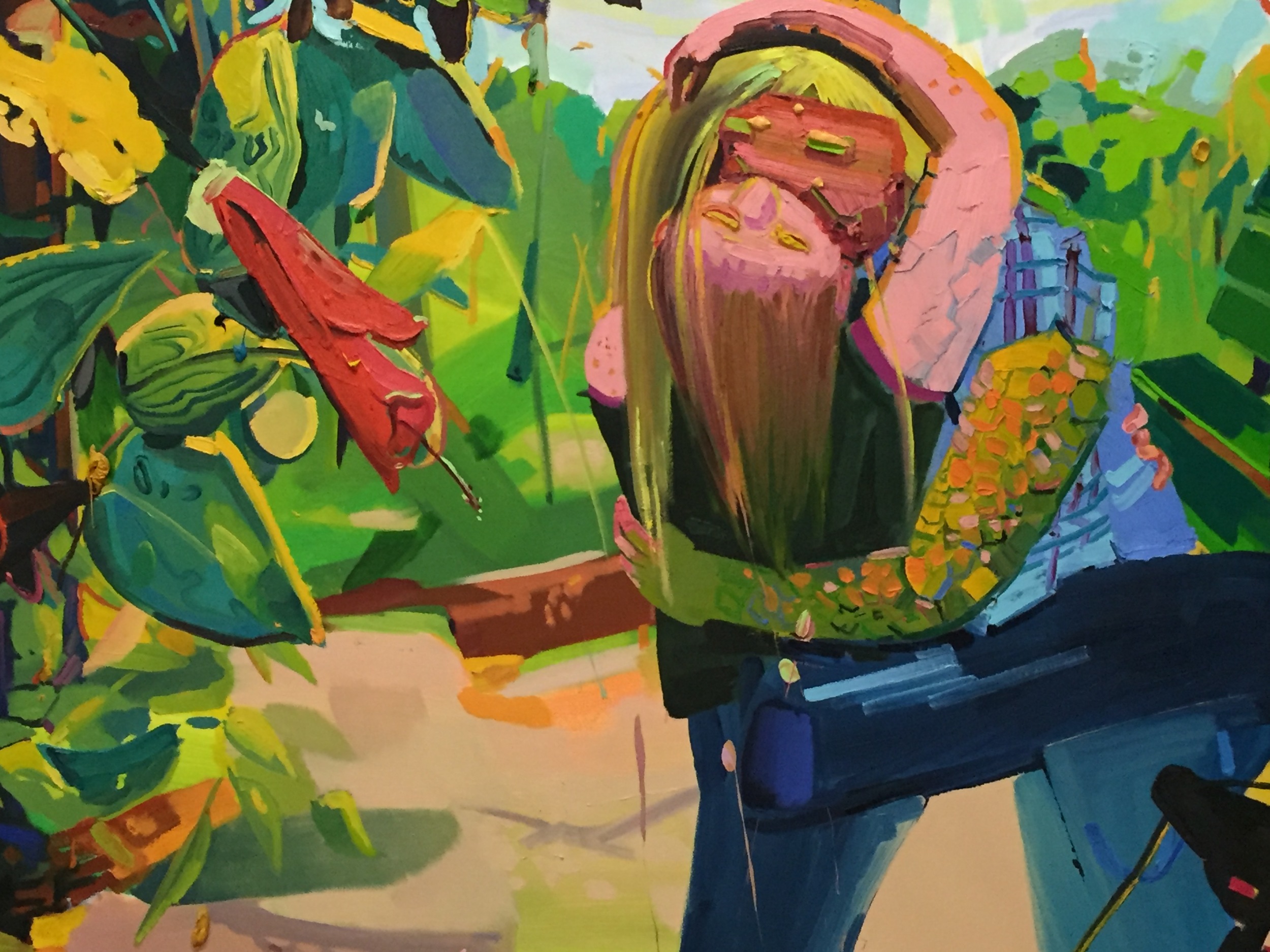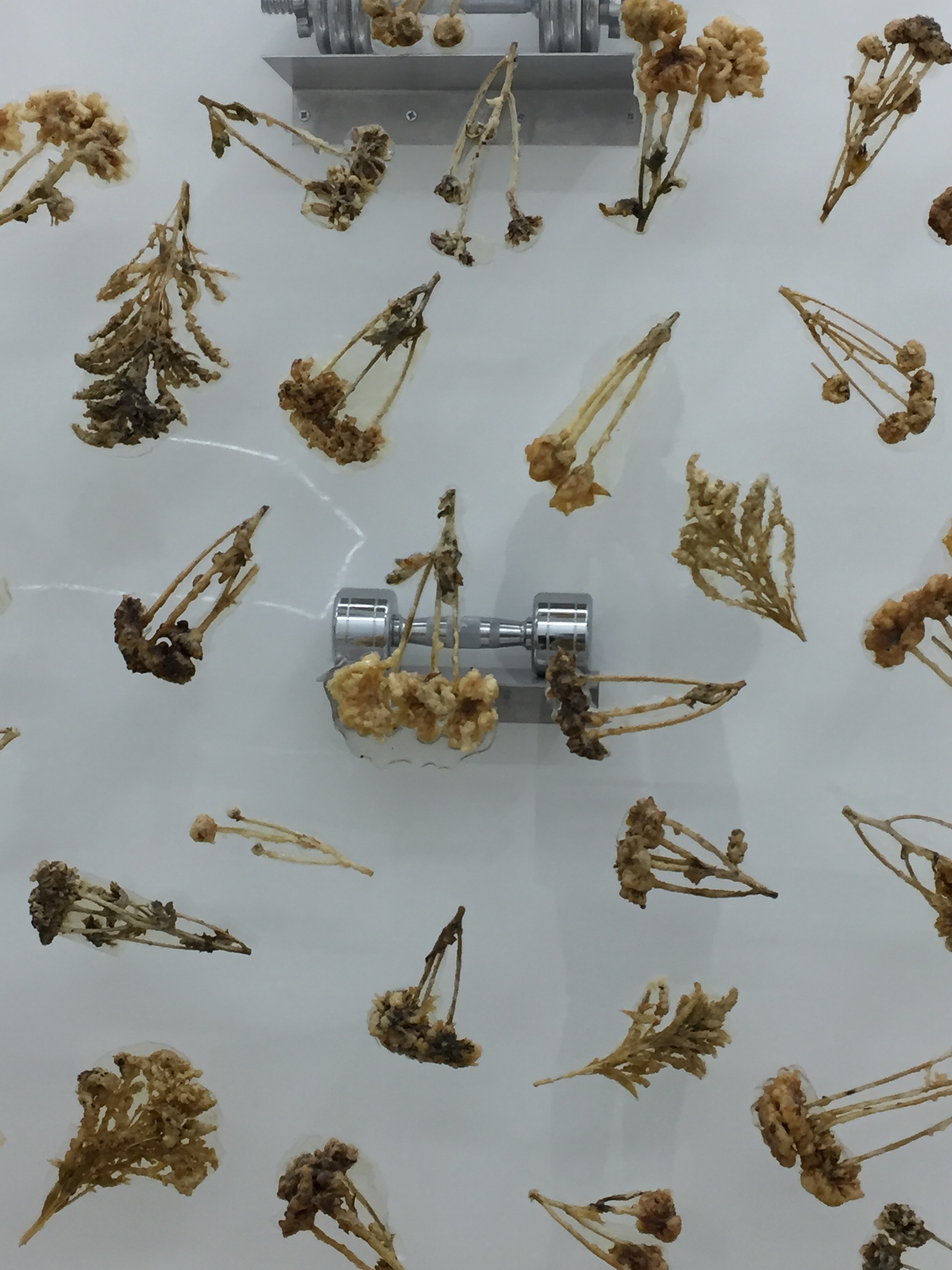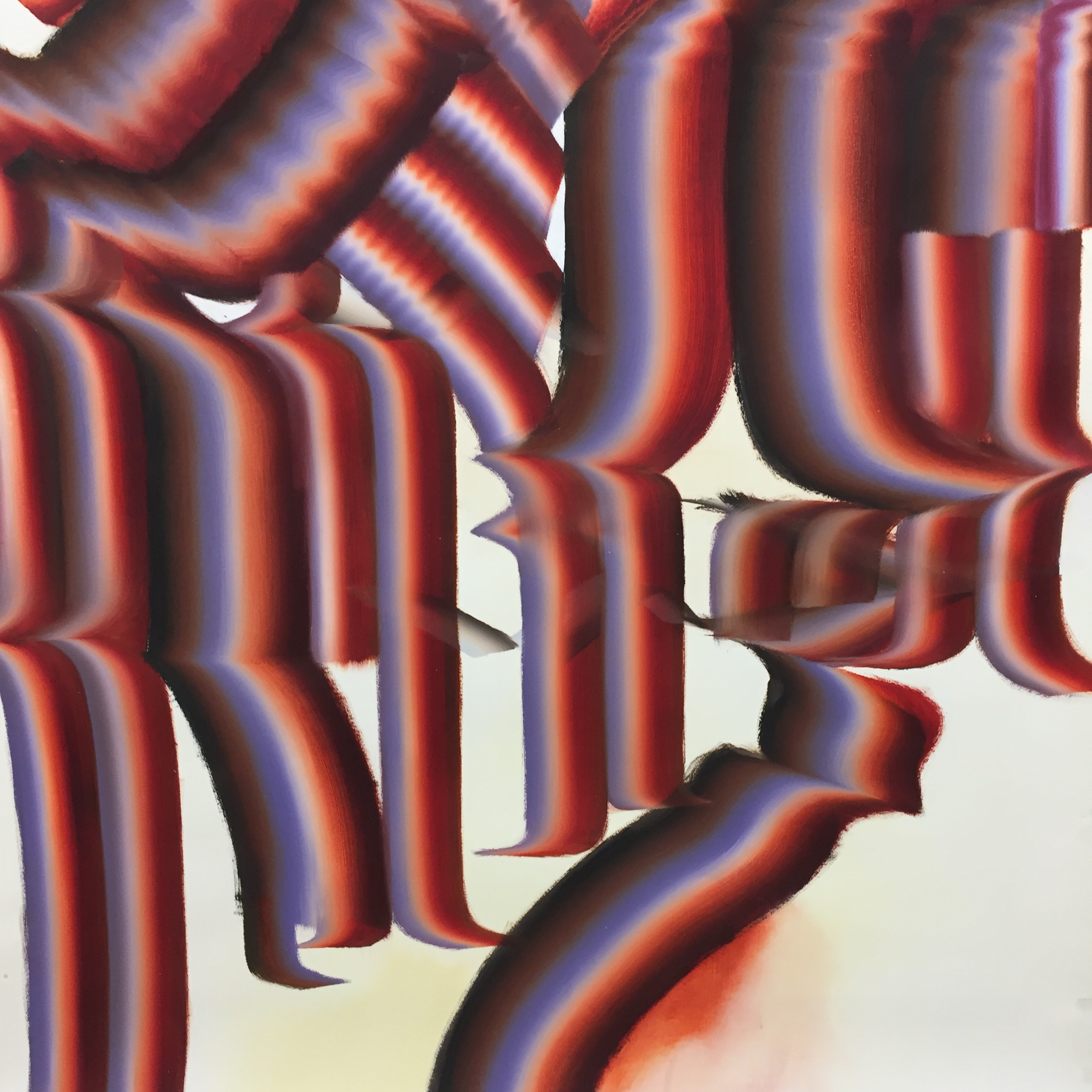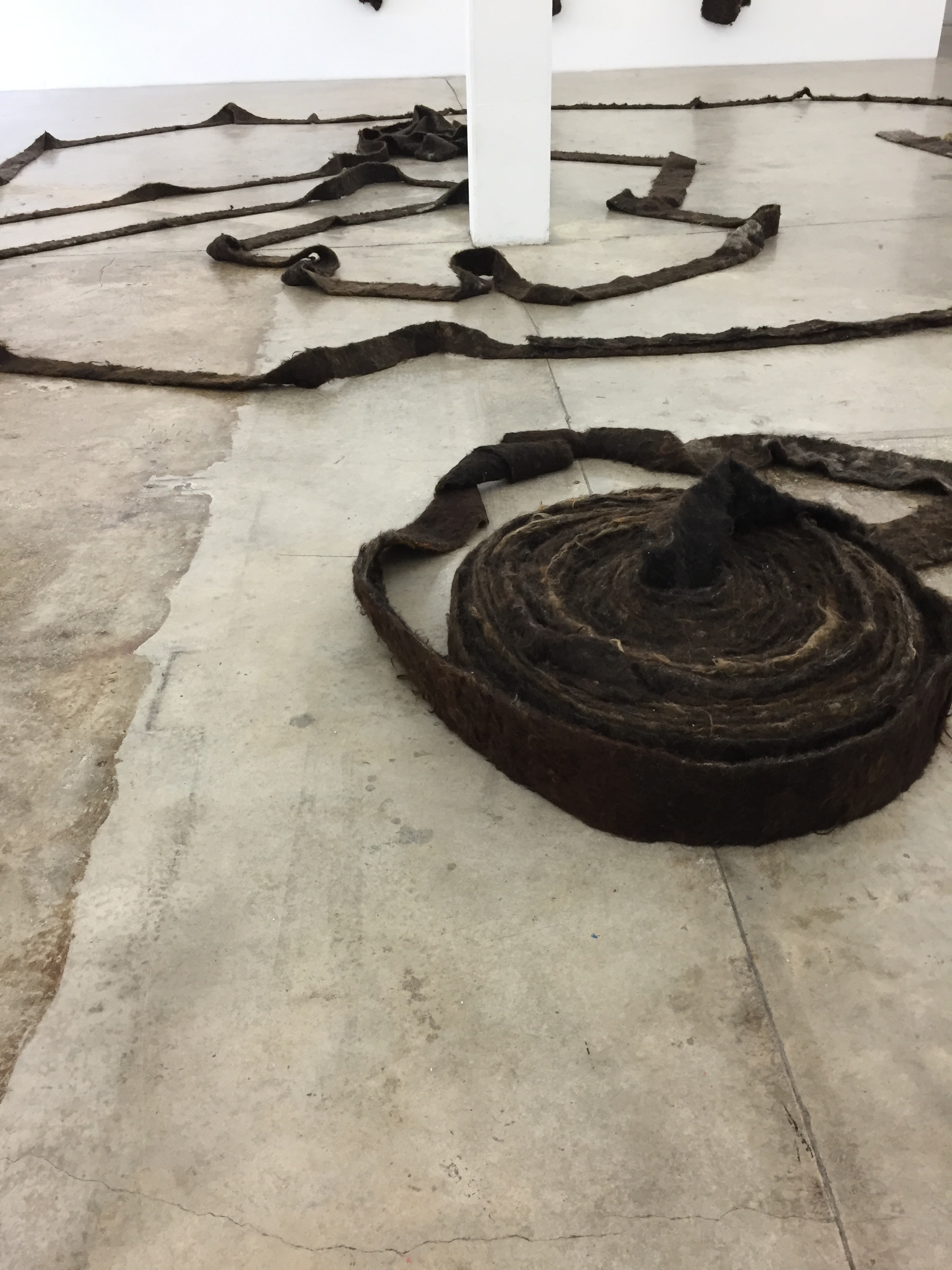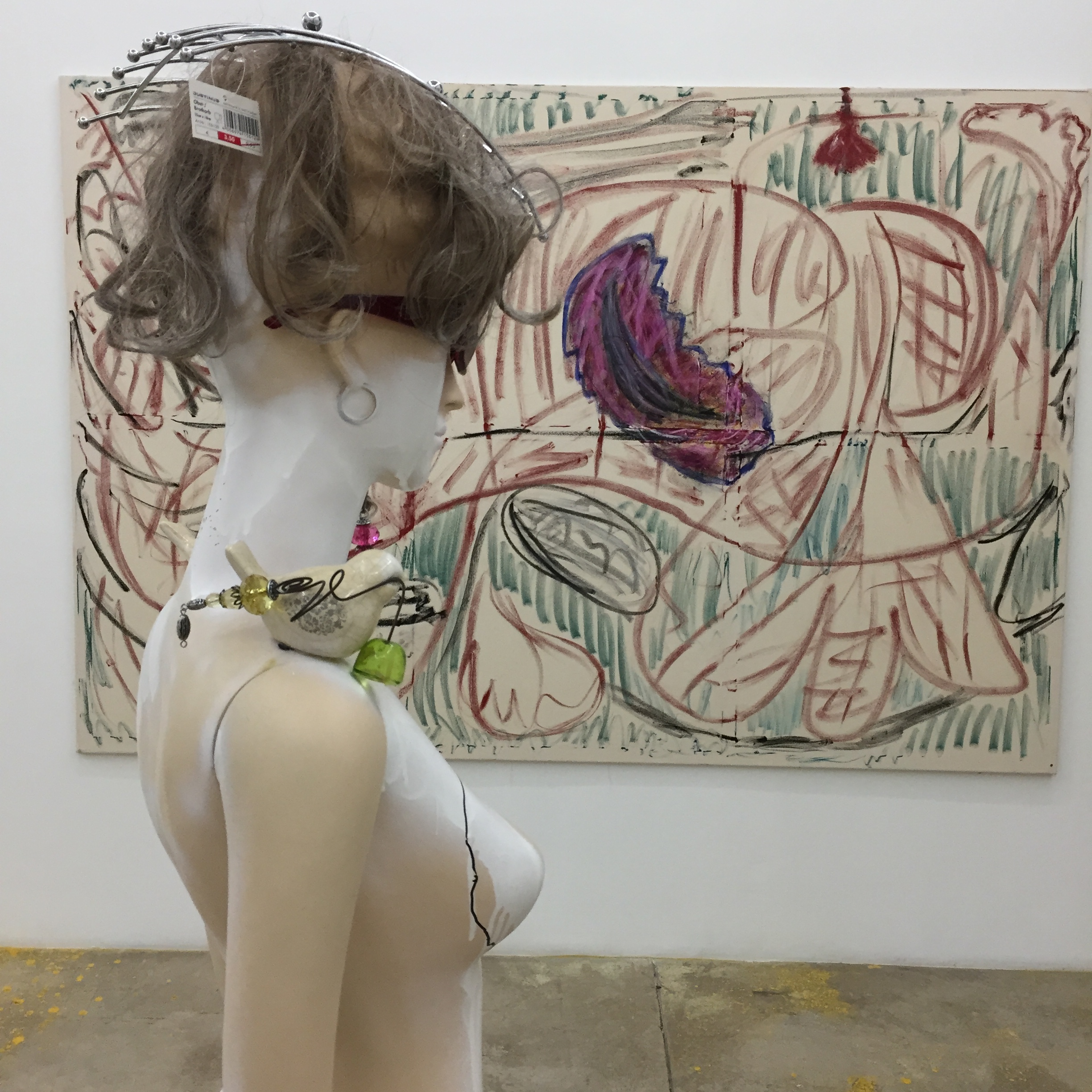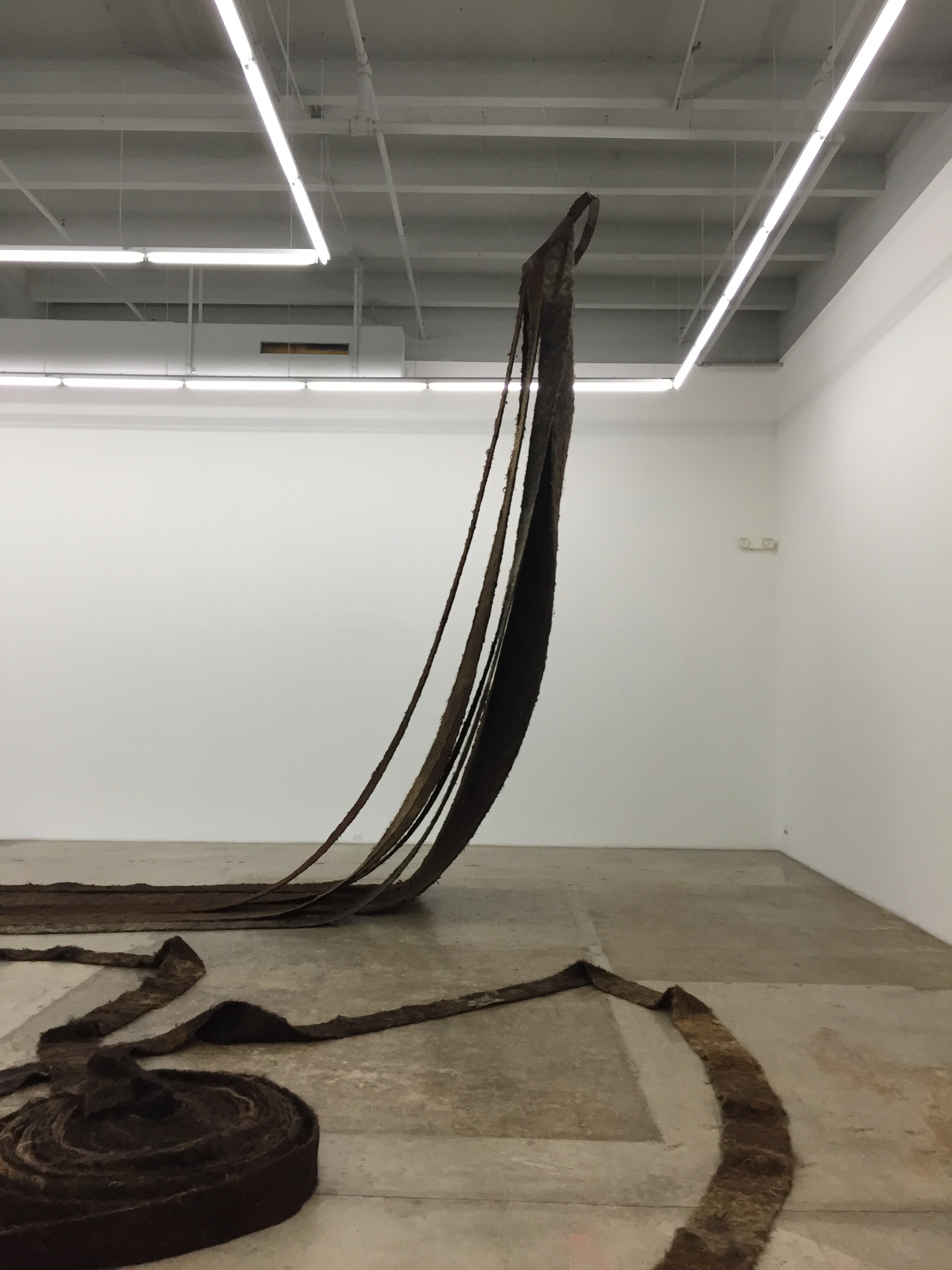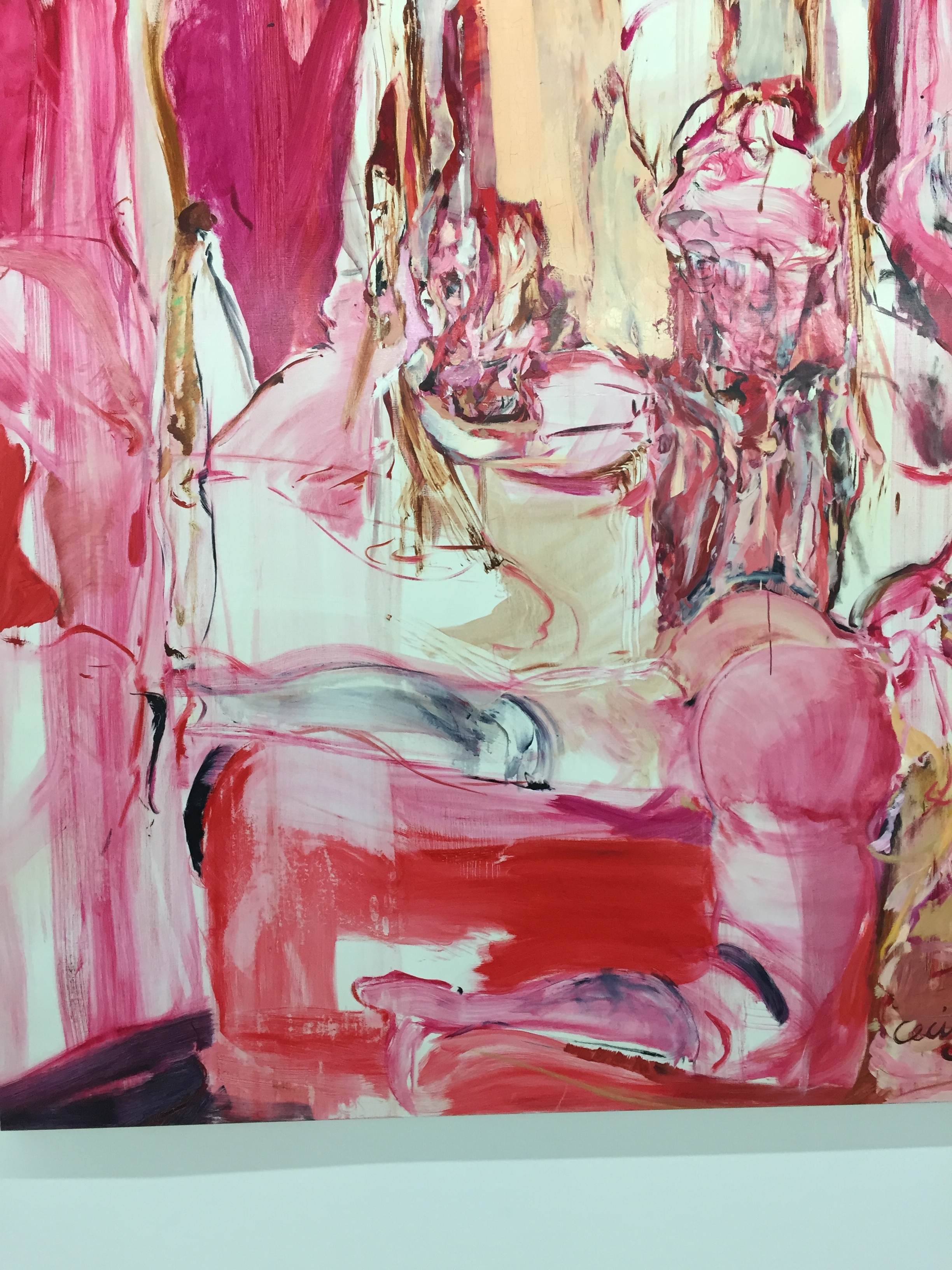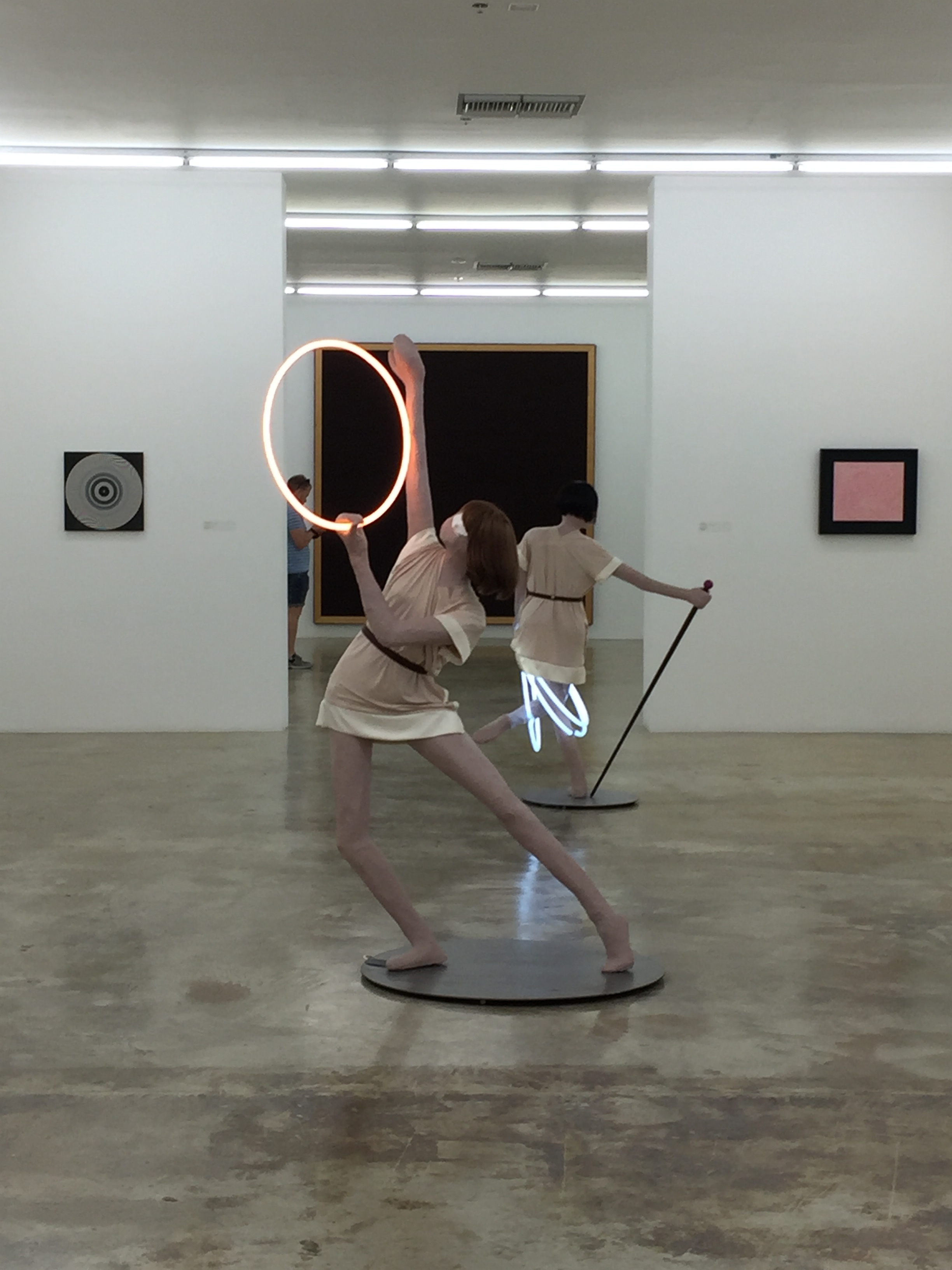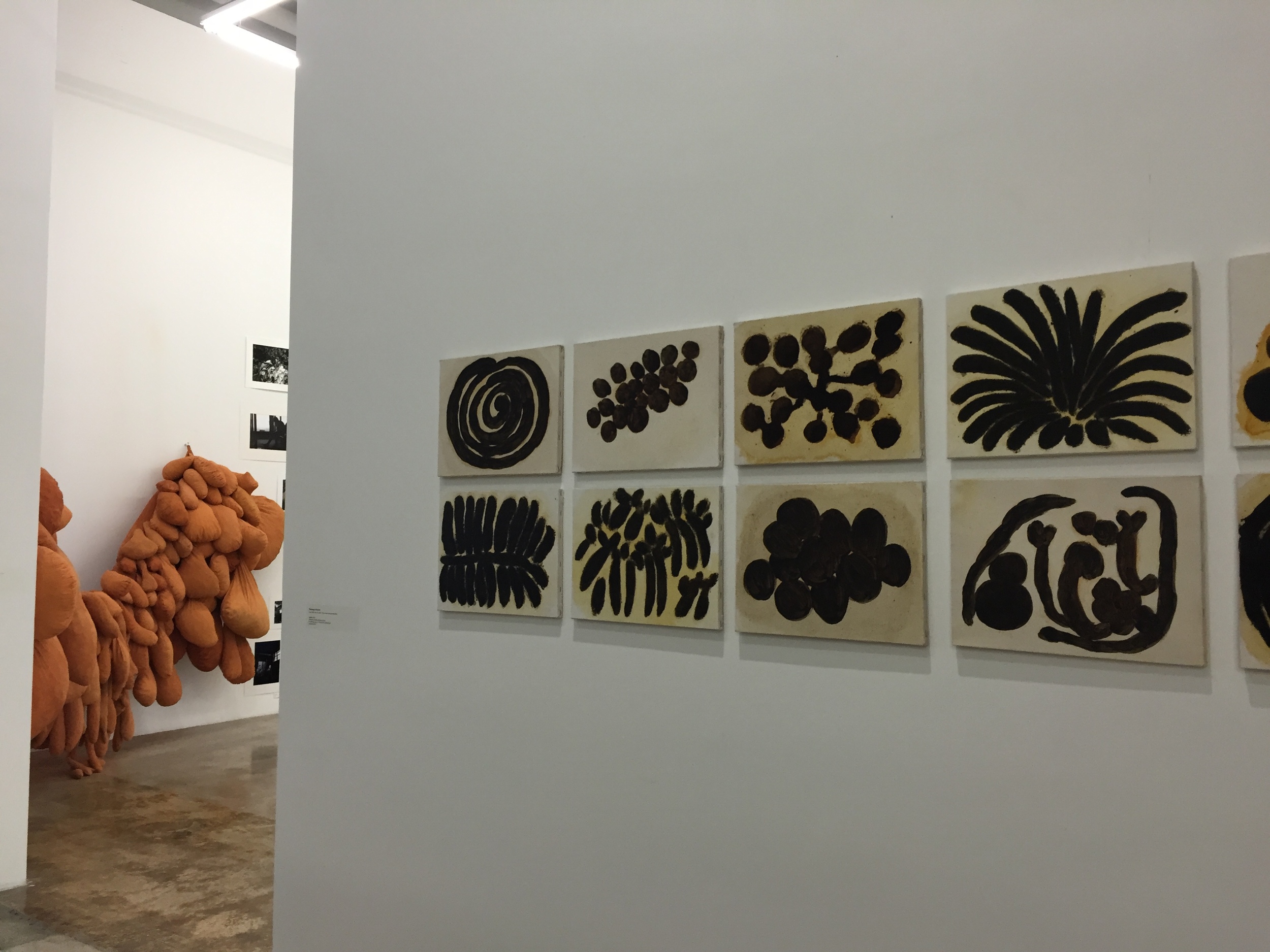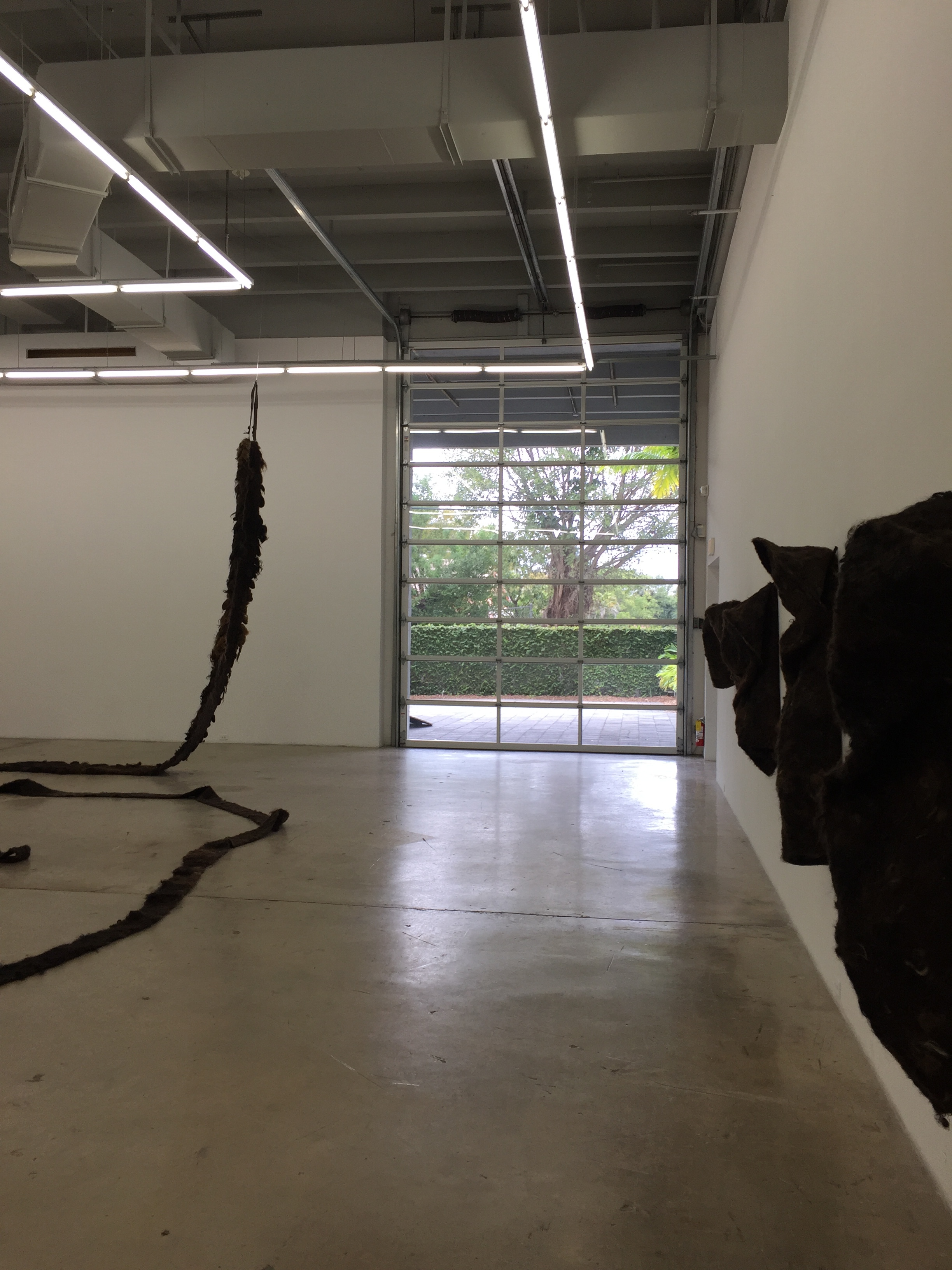Trinity College and The Book of Kells
Trinity College, founded in 1592, is a gorgeous oasis in the heart of Dublin, very worth a visit for all sorts of reasons. Undoubtedly the most renowned of these is Trinity College Library and its Book of Kells, a 7th century illustrated manuscript on permanent and glorious display.
Chester Beatty Library
It is not a coincidence that libraries figure prominently in a list of attractions in this word-obsessed city. In the case of The Chester Beatty, one could say this is almost a museum more than library--a museum dedicated to books and to knowledge. It collections include some of the most world's important examples of Old and New Testaments, Islamic and Far Eastern texts and artifacts.
The Irish Museum of Modern Art
IMMA has a fine permanent collection of Modern Art while its temporary exhibitions feature living Irish artists and so provide a valuable window into the contemporary life of the country--not to mention that the museum itself is housed in a knock-out attraction--the former Royal Hospital Kilmainham, originally opened in 1684.
Hugh Lane Gallery
The Hugh Lane, opened in 1908, is thought to be the first museum in the world dedicated solely to Modern Art. Today it houses an interesting collection spanning two centuries, beginning with the works of important late 19th century French masters and extending through to the work of such contemporary giants as Sean Scully and Francis Bacon.
The Abbey Theater
William Butler Yeats was a founding member of this hugely influential and revered theater that retains its stature even as it is now well into its second century. While the Abbey tours frequently in the US, there is special pleasure and power to be found in seeing excellent Irish drama on its native soil.
St Stephen's Green
The great green heart of Dublin, 22 acre square with a large central pond, St Stephen's Green is what all great city parks should be--a place to gather and to be refreshed by a break from the great gray weight of the urban landscape.
Bewley's
I just love this wonderful--and elegant--coffee house which was opened in 1920's and in the best possible way shows every inch of her age. She is proudly from another era.
Avoca
Purveyor of a wide variety fine Irish goods, it's their blankets that make me swoon. Have you ever seen more beautiful plaids in lambswool, mohair and/or cashmere? I haven't and I'm in love!
Kilmainham Goal
A decommissioned jail may at first blush seem an odd place to recommend and yet, like Alcatraz, Kilmainham is strangely compelling--but what makes it a real 'must see' is its place in history of the Republic. It was here that the Irish Nationalists were jailed--and many subsequently hanged--during the turbulent years leading up to the 1916 Easter Uprising. So central is it to the country's concept of victorious struggle that is often referred to as the 'Irish Bastille'.
National Botanical Gardens
A very green spot in a very green land, the National Botanical Gardens feature many fine plant collections and its astounding and vast Victorian-era Palm House and Conservatory.
Howth and Howth Head
A suburb's distance from Dublin, at the mouth of Dublin Bay, Howth has somehow manage to retain its historic fishing village feel--and the seafood restaurants of Howth are reason enough to make this short trek. The star of the show, though, is the 3.75 mile cliff walk around Howth Head, the stately promontory that rises above the village. Very beautiful and with terrific views of back over Dublin proper and across the wide and open Irish Channel.
Glendalough
As with Howth, there are at least two reasons to make this hour drive south into County Wicklow. One--the one on level ground--is to be found in the hauntingly beautiful remains of a monastery that was founded in 7th century and flourished in this Edenic spot until the 14th century. The other is the hike up into the headlands above the monastery that provides spectacular views of the sea and surrounding countryside. But be forwarned, this walk, however rewarding, is not for the faint of heart--or for those afraid of heights. The trail is smooth, well traveled and has fairly steady inclines--but no other mountains I know of have sides that fall away as precipitously as those of the Wicklow Mountains!
The Shelburne Hotel
These grand hotels can have a hard time maintaining their glory--and I can't vouch for The Shelburne based on recent personal experience--but it will always have special place in my heart as the beautiful grand dame overlooking St Stephen's Green. In the meantime, the equally luxurious Merrion Hotel and Intercontinental Dublin are giving The Shelburne a run for it's money as is the more designed-focused the Marker Hotel. My guess is that you can't go wrong here with any of these choices--though none are for small pocketbooks. Dublin's hotels tend to be on high side so it might wise to be prepared to splurge...



